4 Marketing Hacks to Battle High Bounce Rates and Low Engagement
| By Lana Kropyvna | 0 Comments
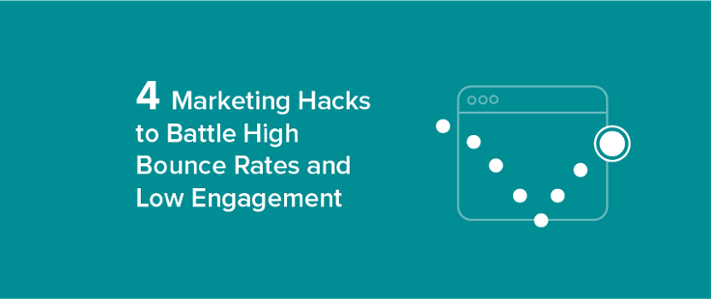
Battling bounce rates is an ongoing fight for any marketer. In this article, we lift the lid on 4 lesser-discussed ways to reduce bounce rates and increase engagement on your website.
Bounce rate is one of the biggest conversion killers around.
It robs you of your chance to convince prospects that your products are worth their time.
According to ClickTale 34% is the average bounce rate for e-commerce sites. If your site has a higher percentage of users who don’t stick around, then you may have a problem.
Google Analytics defines bounce rate as the “percentage of single page sessions”. An accurate description, but one devoid of useful application. We like to think of bounce rate in more actionable terms: the opposite of engagement. Our work has shown that the more engaging a site, the lower the bounce rate.
Pretty simple, huh? All you’ve got to do is increase engagement and, by extension, you’ll be increasing conversions.
Well, whilst simple in theory, it’s difficult in practice. In this article we’ll run you through a few of the lesser-known tactics proven to increase engagement and reduce bounce rate:
#1 Attract the right visitors
#2 Relevant landing pages
#3 Proper use of overlays
#4 Use storytelling elements
What You Probably Already Know
We don’t want to spend too long on a well-trodden path here. However, in the spirit of being thorough, here are the basics on reducing bounce rate.
- Optimise your pages for different devices. There’s nothing worse than trying to navigate a fiddly desktop site on your mobile.
- Page load time. Modern consumers are impatient. If your page takes too long to load, they won’t need to bounce because they’ll have given up before seeing what you have to offer!
- Provide engaging content. Engaging content is key to capturing attention. The problem is figuring out what your audience finds engaging!
- Logical layouts. There’s no point in having the best content if no one can navigate your site.
- Internal links. See the bolded wording in this article? Some of these links go to other Yieldify articles and are key in reducing bounce rate; the longer someone stays on your site, the more likely they are to convert.
Whilst the above is good advice it doesn’t bring much to the conversation. So, let’s move on and take a closer look at how you can better reduce your bounce rates.
#1 Attract the right visitors
Quantity does not beat quality.
Yes, you may be seeing a high bounce rate but securing more traffic isn’t the answer. Broadening your keyword selection or utilising paid traffic sources isn’t going to help with the problem.
All these steps do is attract a wider yet less qualified audience. Instead of seeing your bounce rate go down, you’ll likely see it go up because you’re marketing to the wrong crowd. Trying to sell to anyone and everyone doesn’t just bring a poor ROI, but it will also skew your data.
Let’s put it in real life terms. Imagine you run an e-commerce store that sells TVs. Your goal is to attract prospects who are searching for TVs, so you optimise specifically for TV related keywords. Don’t branch out and also target DVD or blu-ray keywords unless those are also in your product line.
Why? Because it attracts the wrong audience. Sure they’re related products, but someone looking for a blu-ray player likely already has a TV. You might get them to land on your site, but they’ll bounce as soon as they realise you don’t sell what they’re looking for.
You end up having wasted a lot of your money on a failed campaign and have stats which don’t accurately represent the true problems with your site. The bounce rate instead represents your inability to attract qualified prospects.Optimising based on these stats will only lead to further failure.
You shouldn’t care if you can’t convert people who have no interest in what you’re selling. You should be targeting your research and messaging to those who have an interest. These are the people who will help refine your marketing and increase your bottom line.
#2 Relevant landing pages
Does traffic from Facebook have the same needs as traffic from search engine results pages (SERPs)?
Nope.
These are two different sources of traffic and have vastly different needs. You need to optimise your landing pages to better reflect the needs of the traffic you’re receiving.
It’s a complex issue to get your head around, however Tyson Quick, CEO of Instapage, sums up the issue nicely. “A Google AdWords click is typically coming from a visitor who is directly looking for a solution to a specific problem they’re already aware of, while a visitor from a Facebook or Twitter advertisement is typically still in the problem / solution discovery phase. The post click experience should reflect this mindset.”
That means one generic landing page for all your traffic isn’t going to work. A landing page that explains the solution only will convert well with SERP traffic, but will have little to no impact on social traffic unaware of the problem you’re solving.
It boils down to the fact that different traffic sources are all at different stages in your funnel when landing on your site. You wouldn’t push a new prospect to purchase on their first visit, just as you wouldn’t waste time building desire with a prospect who’s ready to purchase.
If your landing pages aren’t optimised to specific stages of your funnel, you’re going to struggle to keep your prospects from walking away.
#3 Proper use of overlays
Overlays are the Marmite of the conversion world. But love them or hate them, they work.
The key to a successful overlay campaign is presenting a personalised, relevant offer or incentive at the right time. If you indiscriminately bombard a user as they enter your site with impersonal overlays featuring irrelevant offers they’re going to bounce. And rightfully so.
The best overlays feel like part of your user’s journey. For example, an overlay timed to trigger as your prospect is leaving your site doesn’t interrupt their browsing experience. Instead it captures attention and gives them a reason to stay, like this example from Virgin Trains:
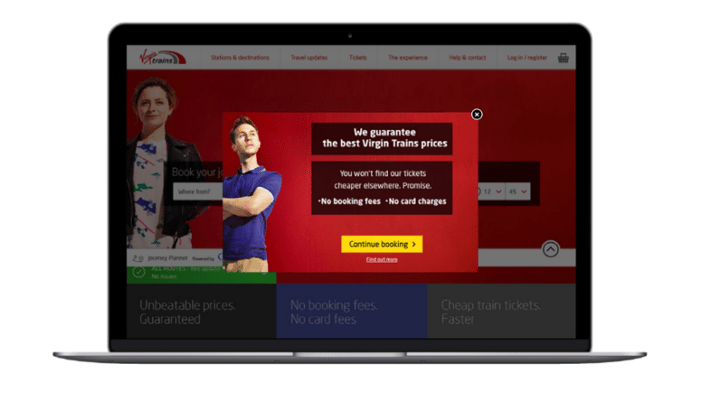
But timing is only half the battle. You’ve also got to ensure that the overlay presents a useful, relevant offer.
Keeping to these two key tenets has helped us achieve amazing results with exit-intent overlays.
#4 Use storytelling elements
Storytelling. It’s not just for bedtime with the kids.
People from all ages and backgrounds can’t help but be drawn in by a captivating tale. It hooks attention and holds interest like no other method can.
However, we’re not saying that every page you write should be some epic fable of how your company achieved X or overcame Y. What storytelling in marketing refers to is understanding how your prospects assimilate and understand information.
In short, modern users don’t read. They scan.
We’re busy people who have no interest in spending thirty minutes getting to grips with the ins and outs of a product or brand. We want the key points, and we want them now.
Good storytelling understands this and uses visual cues to better explain the story. You can’t rely on large blocks of text to tell your story. You’ve got to utilise key visual cues including image placement, sub heads and proper spacing to highlight the key elements that tell the story your prospects want to hear.
Giving an overview with these elements hooks attention. Once that attention is hooked you need to ensure you’re following the golden rules for marketing storytelling:
- Make your prospect the hero. No one cares about what you’ve achieved or overcome. They do care however what you can help them to achieve. Make sure the story is focused on their goals and journey.
- Be honest. Prospects are too smart for tall tales and grand claims. They’ll see right through it and label you a charlatan.
- Be Concise.You might have hooked attention with your visual cues, but that doesn’t mean our prospect isn’t busy. Get to the point and save everyone time.
It’s a complex approach and can be difficult to understand. To help outline the process here’s a great example of storytelling from Hiut Denim that get’s you on board with the company’s ethos and establishes them as experts in their field.
Conclusion
Reducing the bounce rate of your site hinges on your ability to create an engaging and relevant experience for your prospects.
That doesn’t mean using clickbait-esque headlines or trying to force your message on new prospects as soon as they land on your site.
There needs to be a cohesive journey from initial referral source through to purchase page. Coupling this cohesion with a prospect centric message is key to creating an engaging, relevant experience. An experience which will lead to a reduction in your bounce rate.
However, reducing your bounce rate is only the first step in your optimisation process.
Whilst bounce rate can destroy the success of your business, tackling the problem means nothing if you’ve not got anything of substance at later stages.
If you’re currently suffering from a high bounce rate and aren’t sure where to start, get in touch with us to learn more about the commercial benefits of exit-intent overlays.
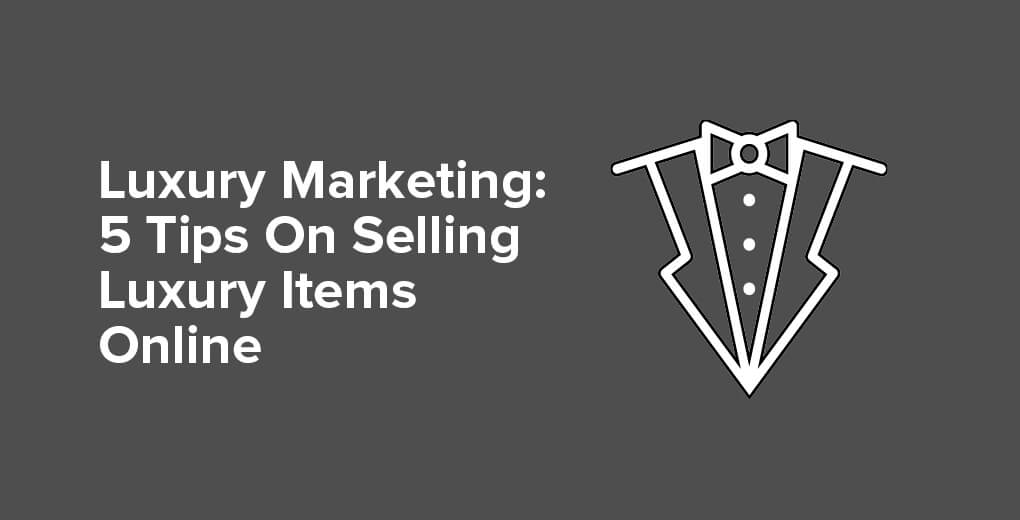
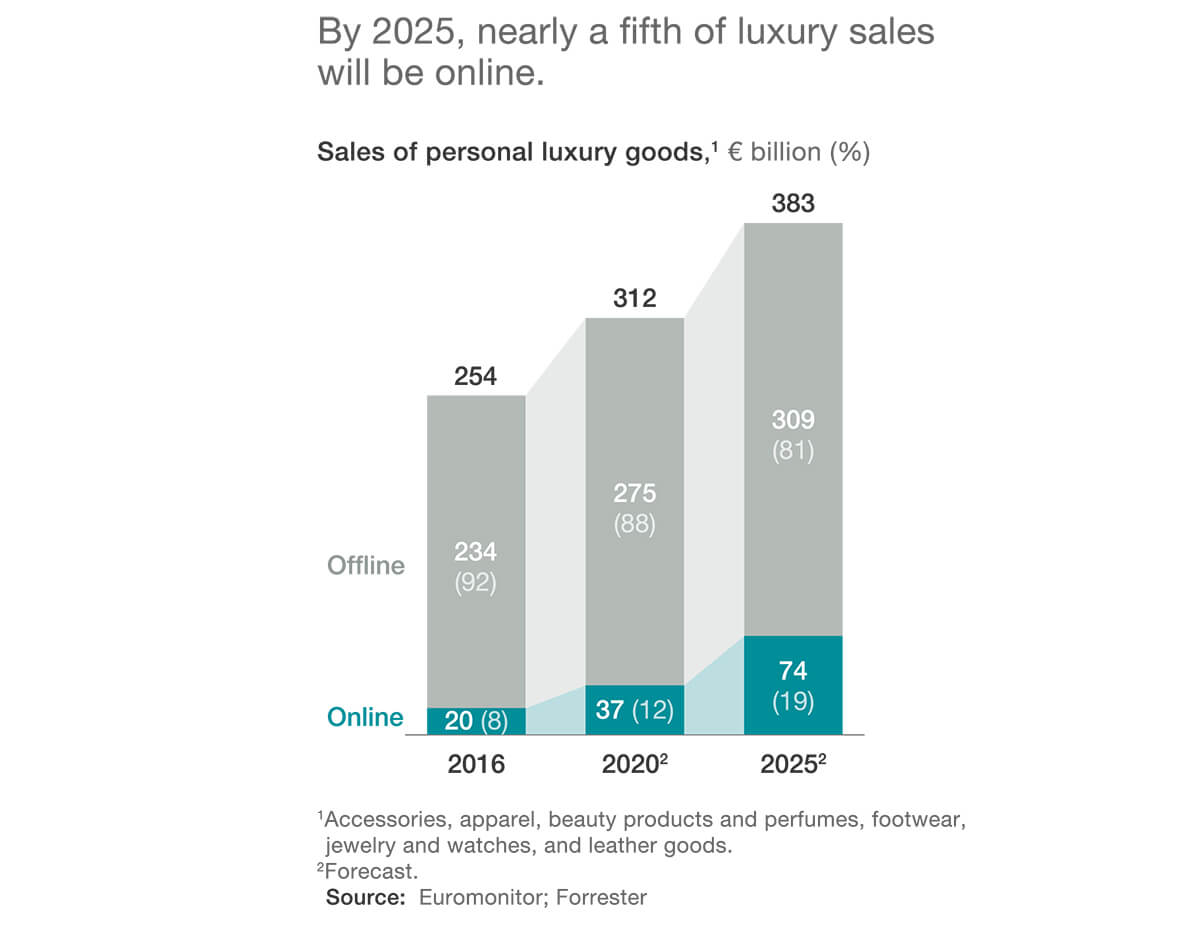
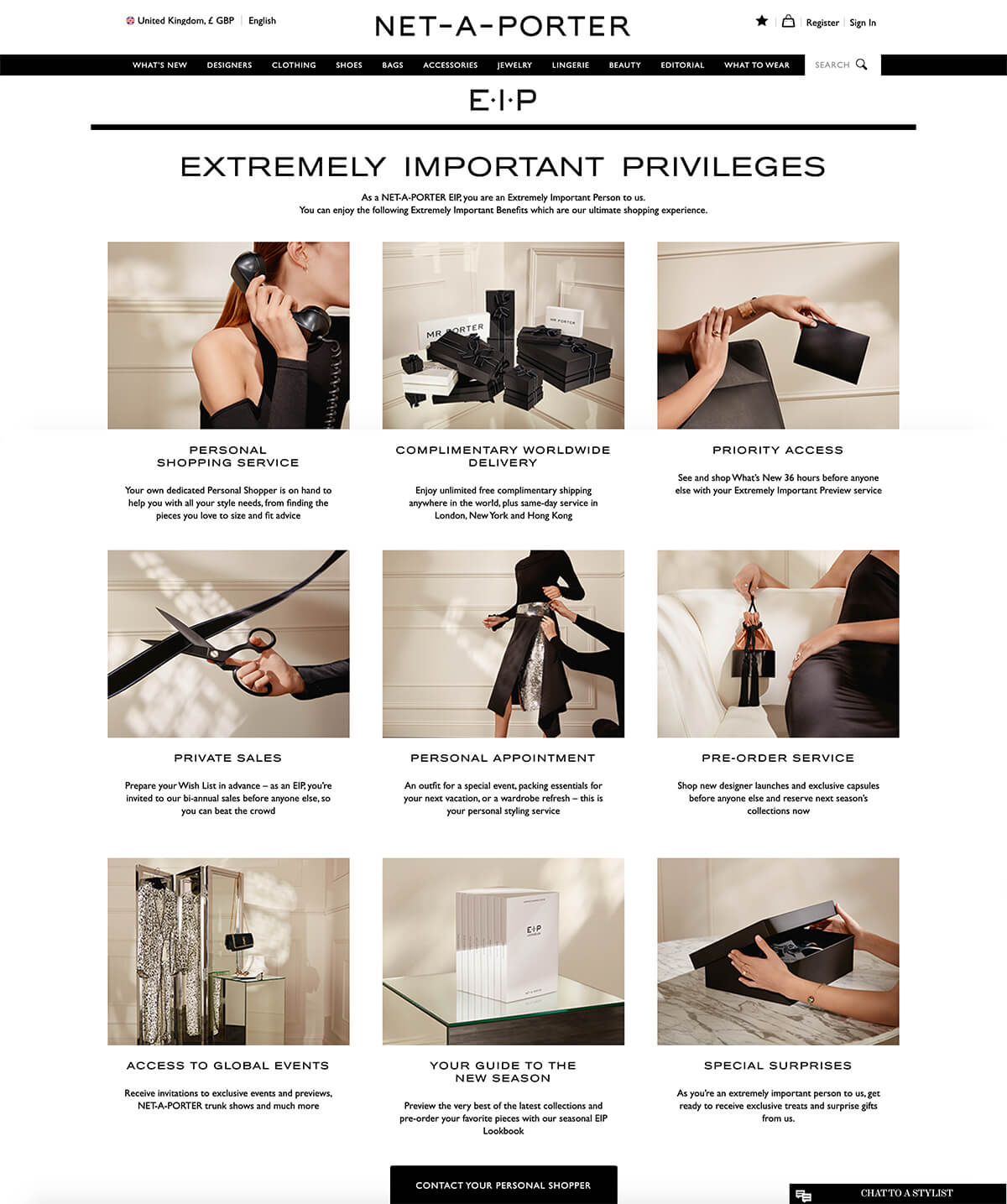
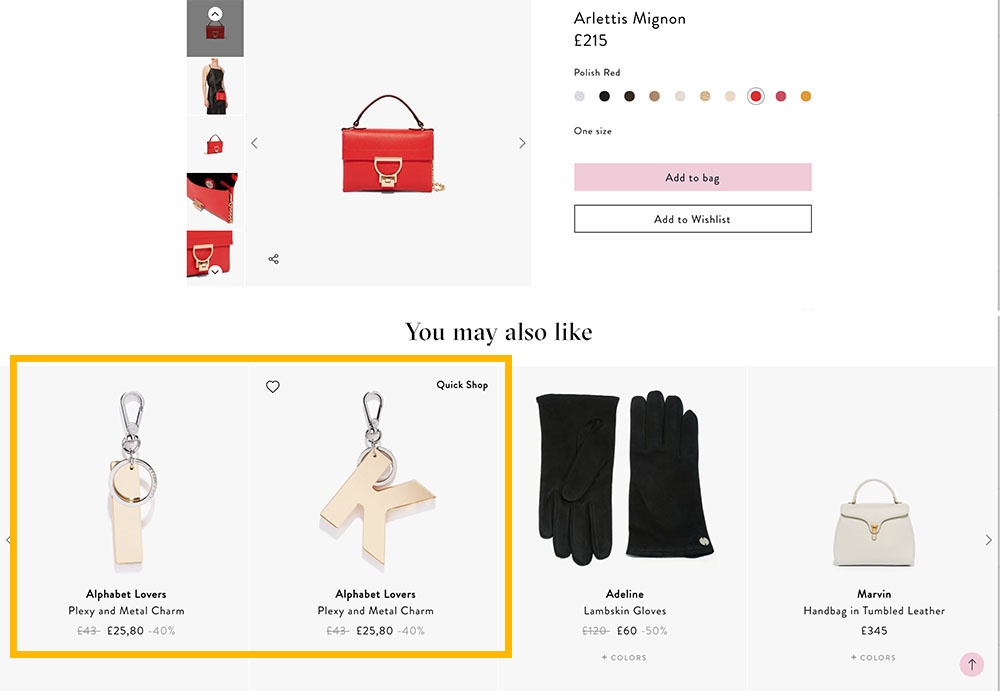
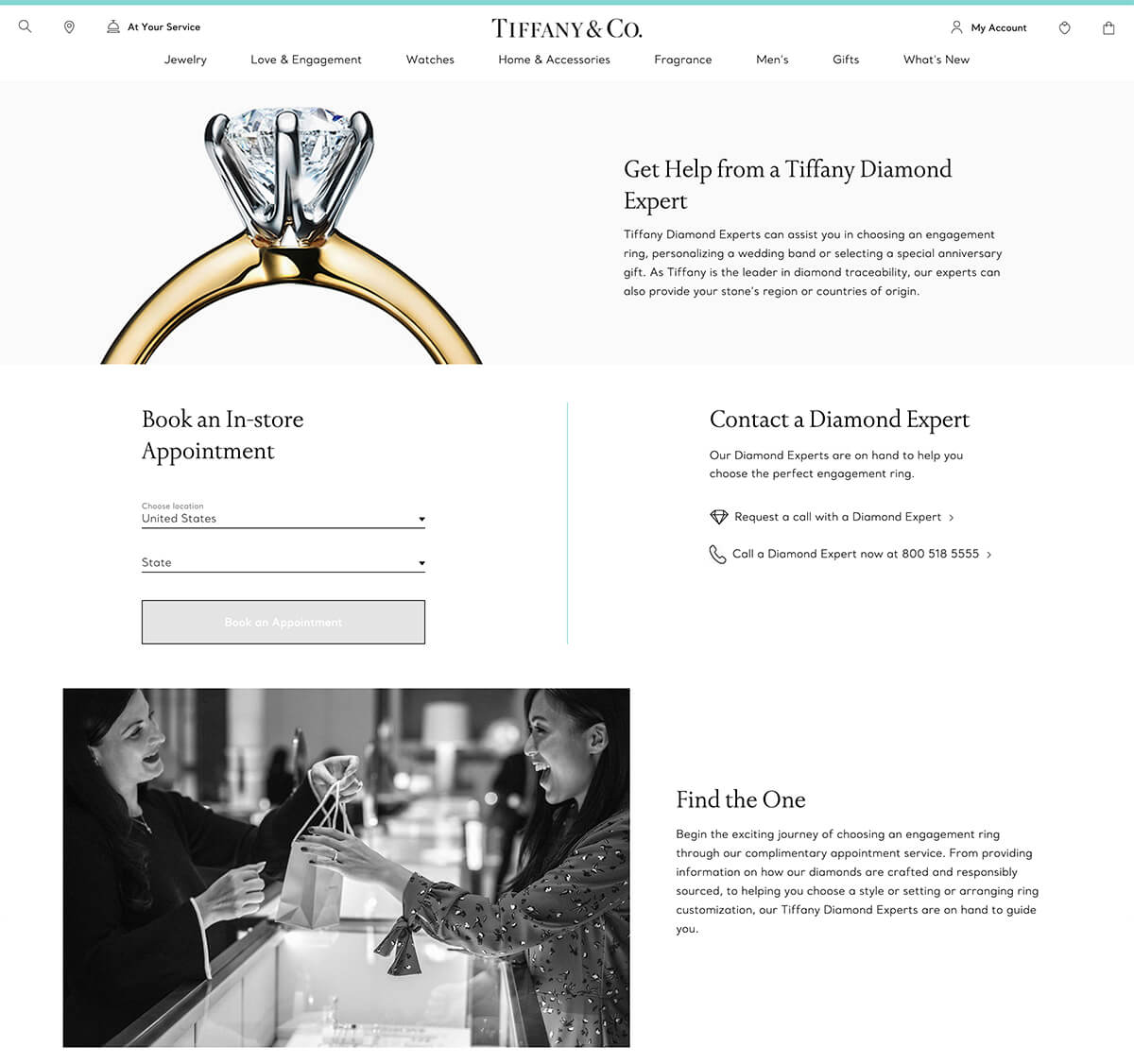
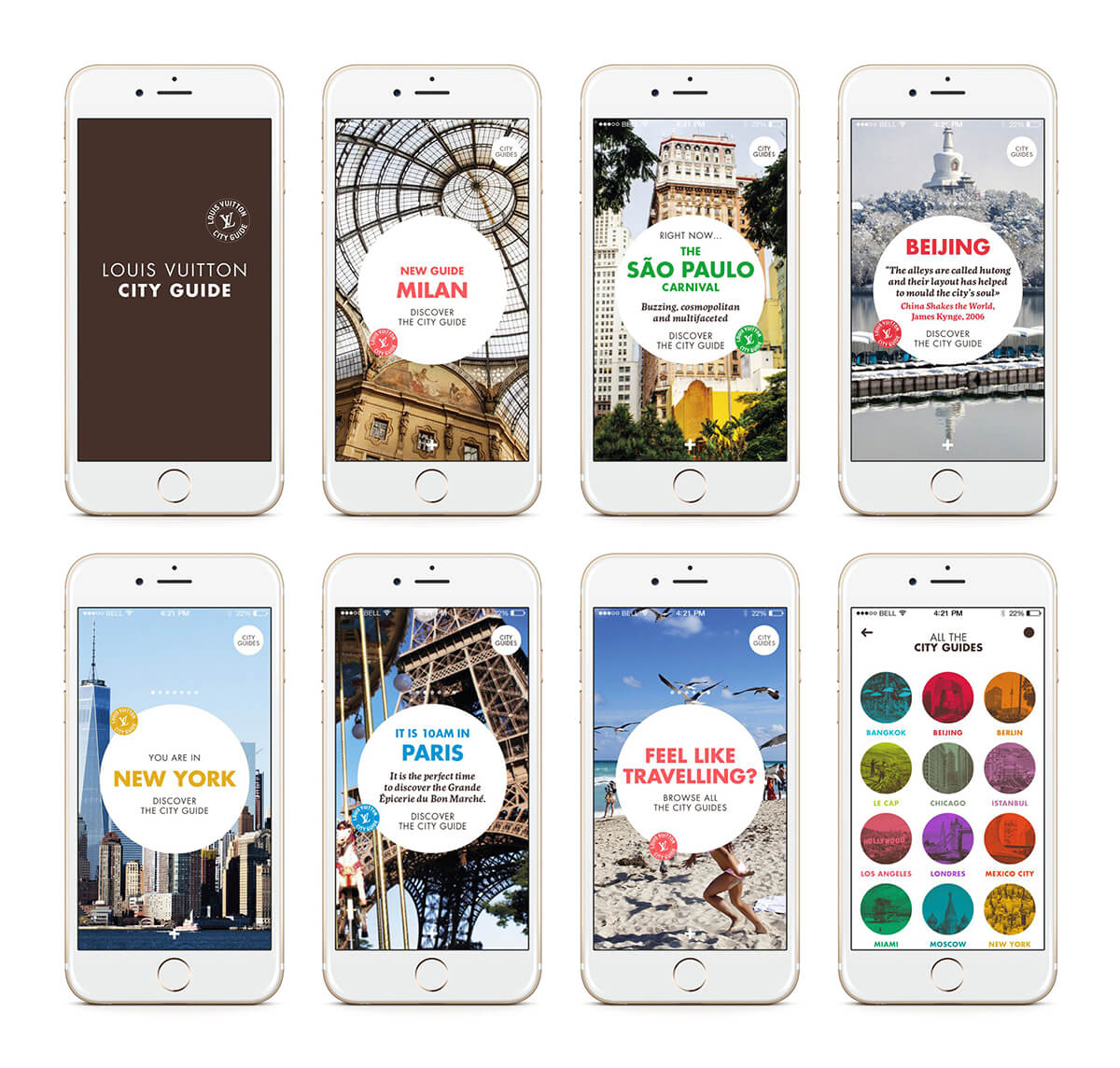
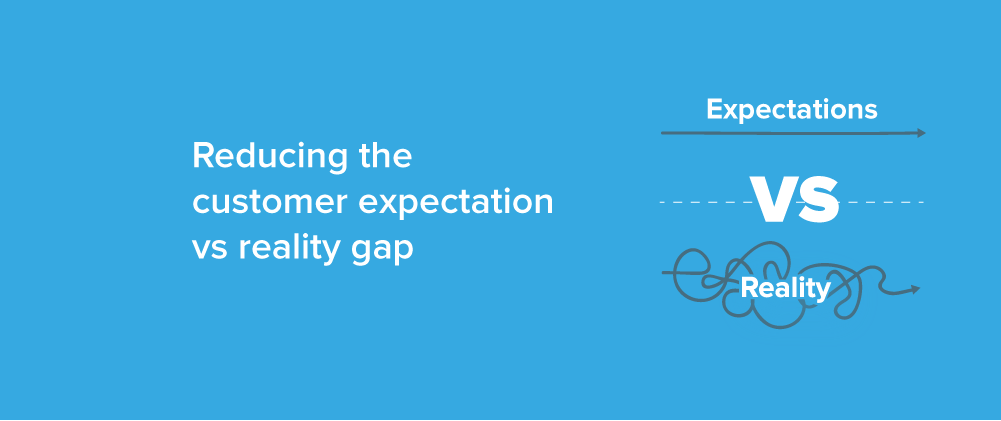
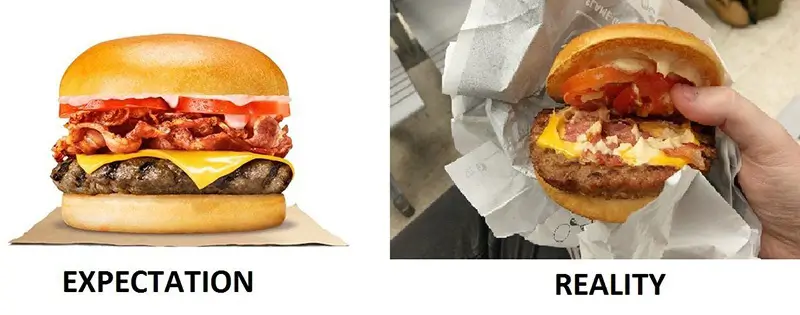
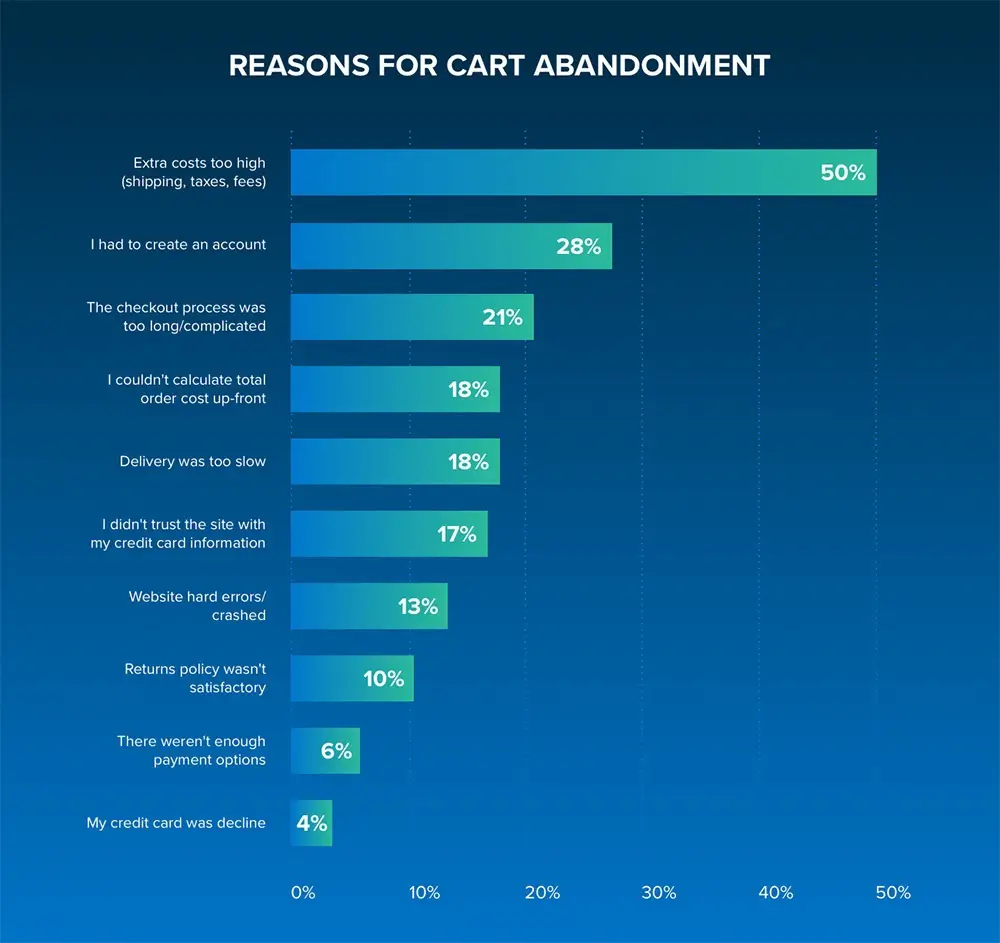
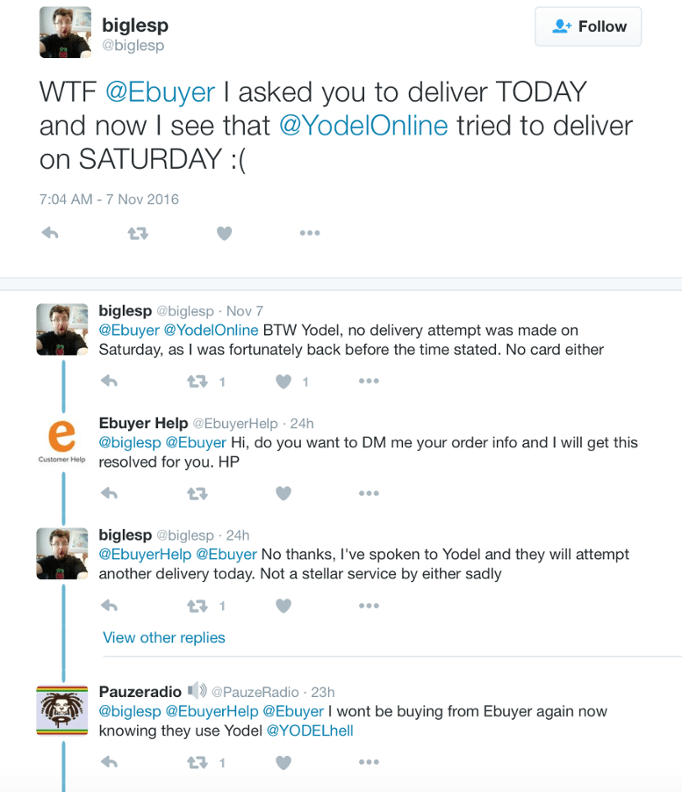
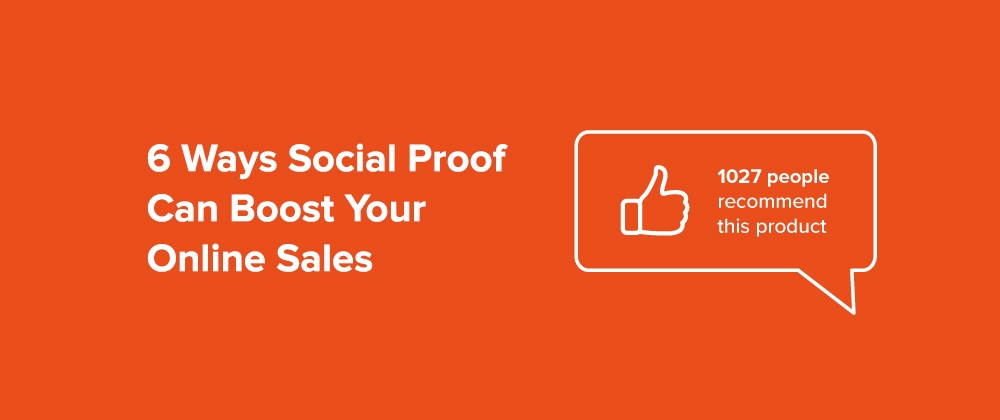
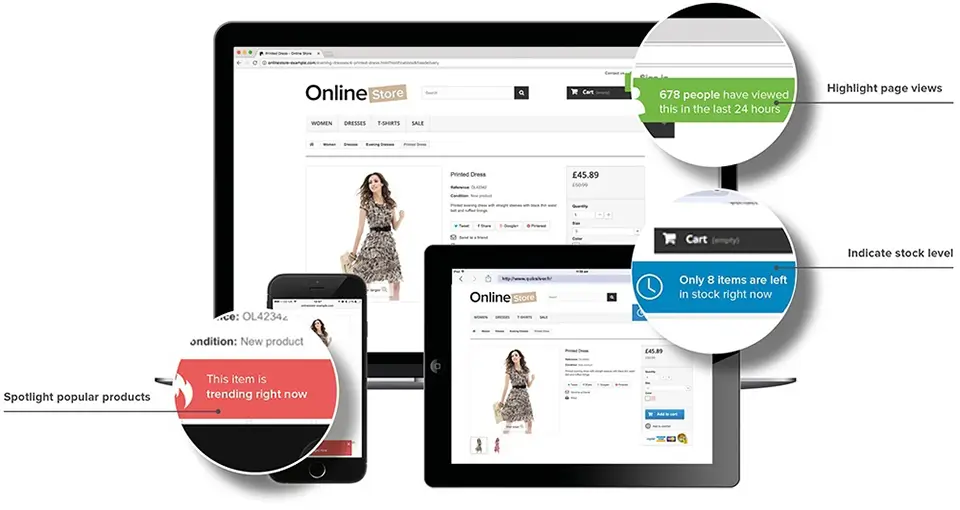
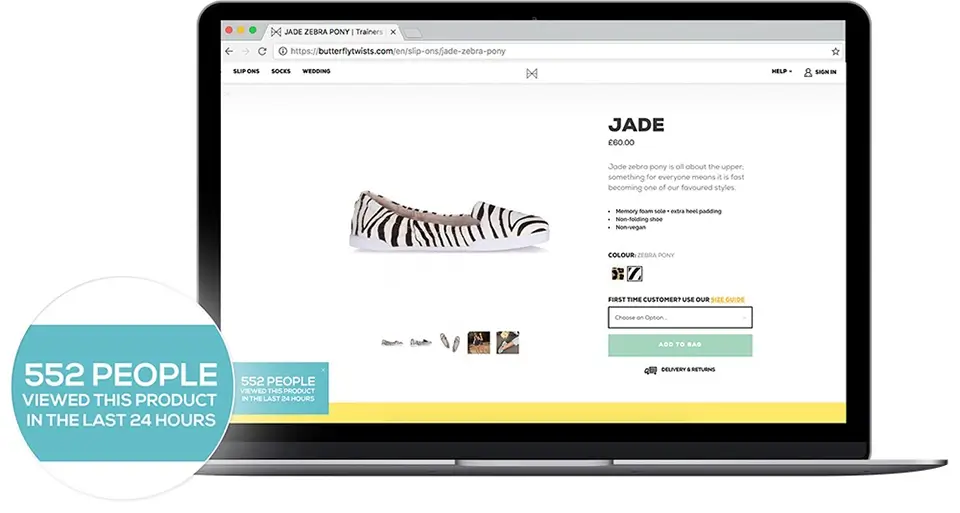
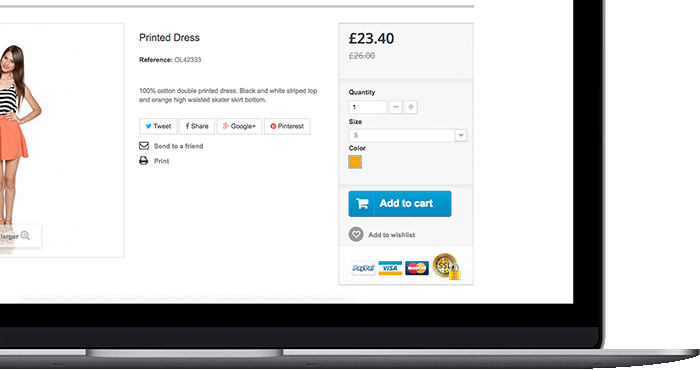
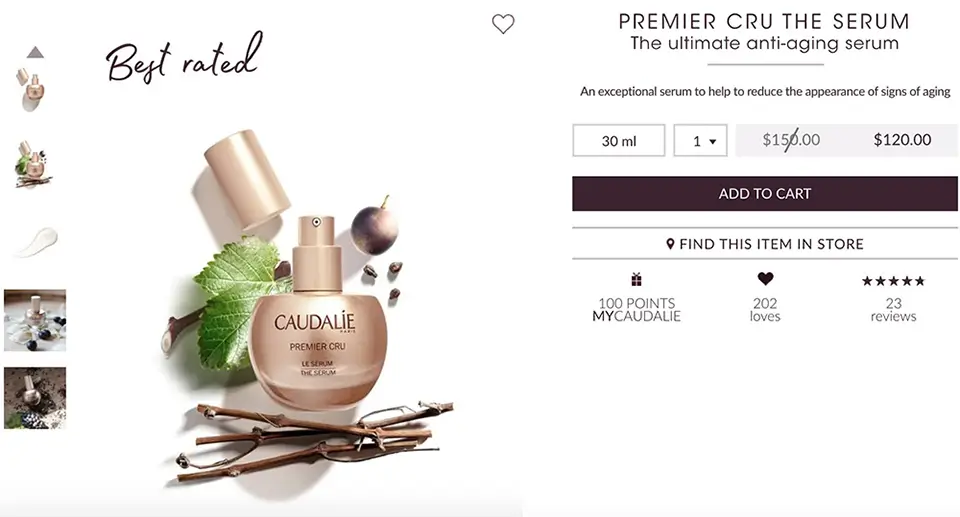
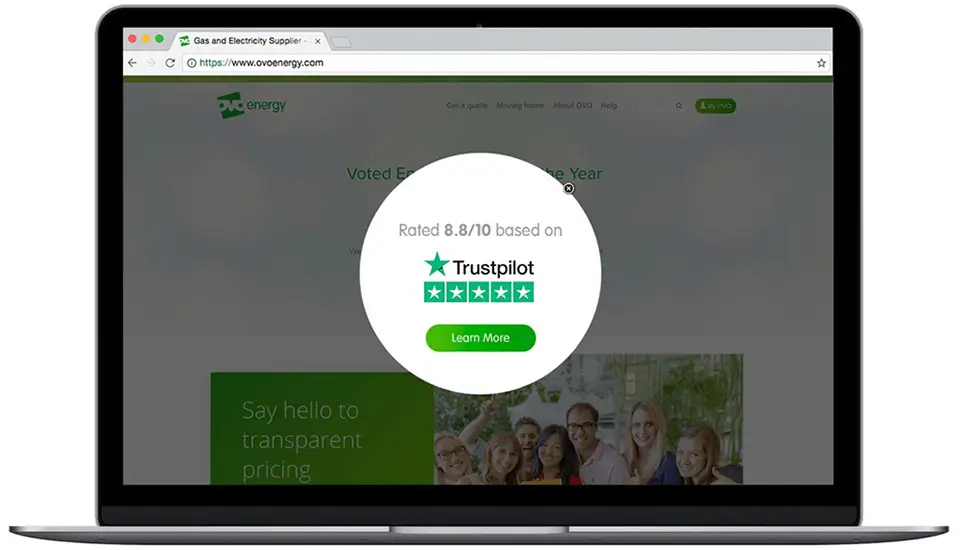
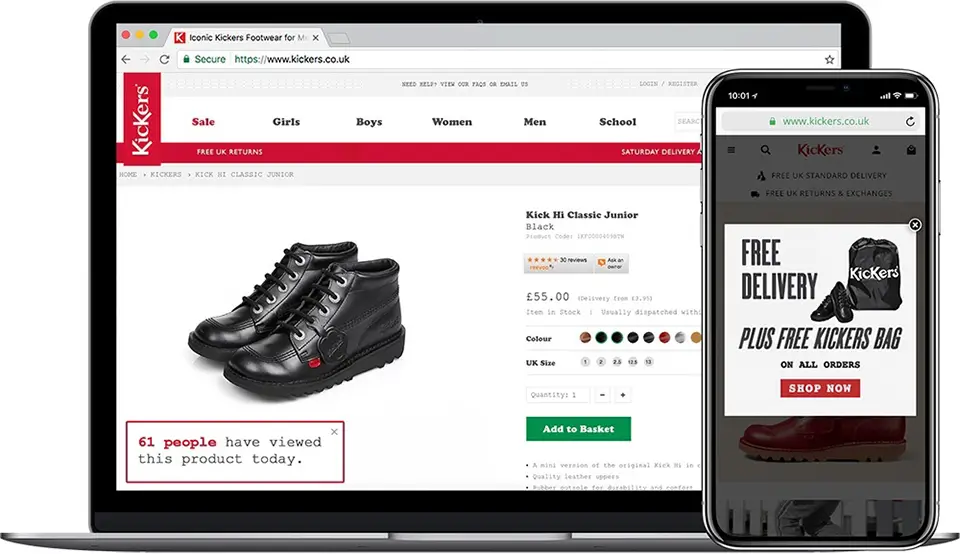
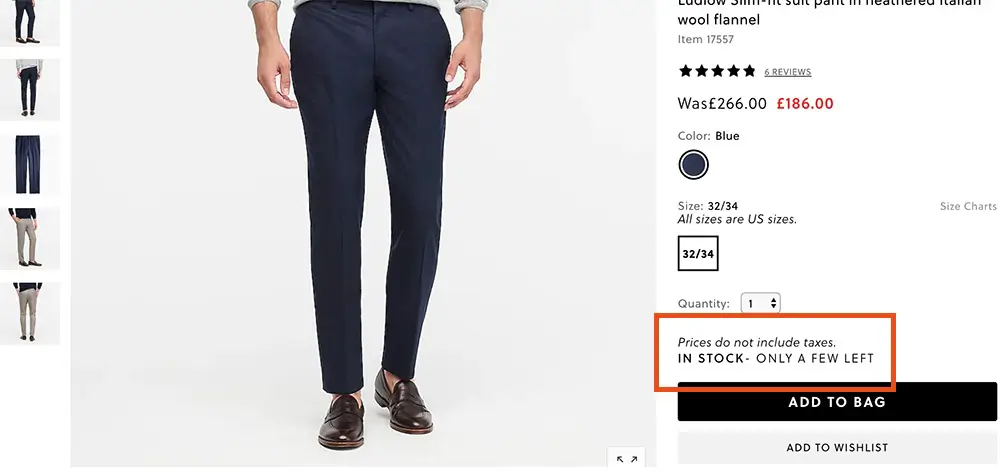


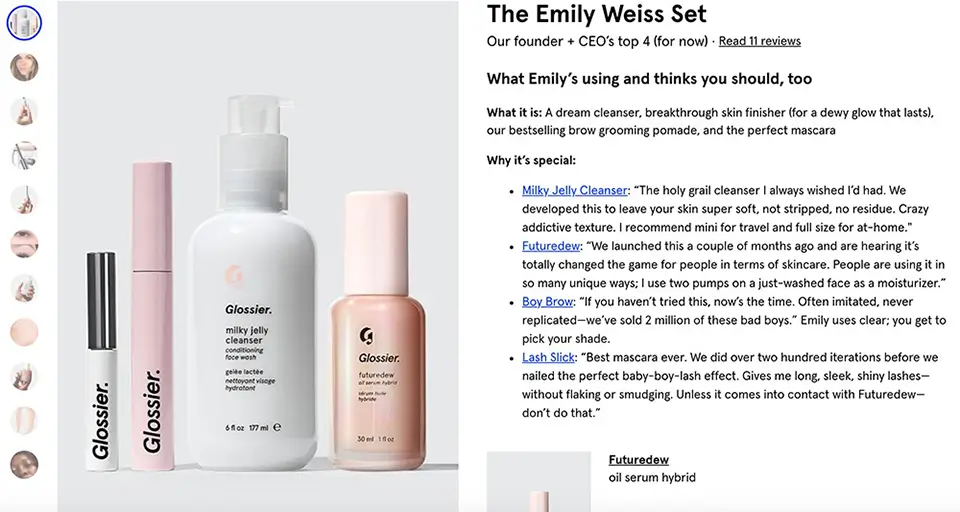
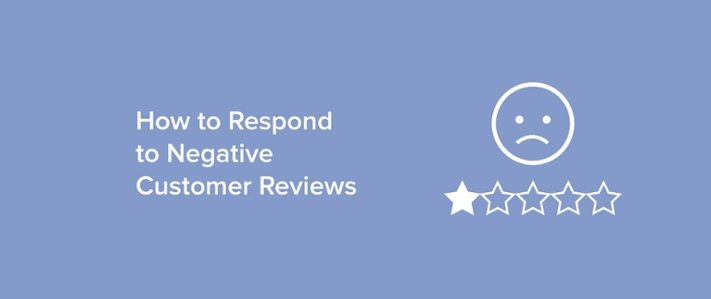
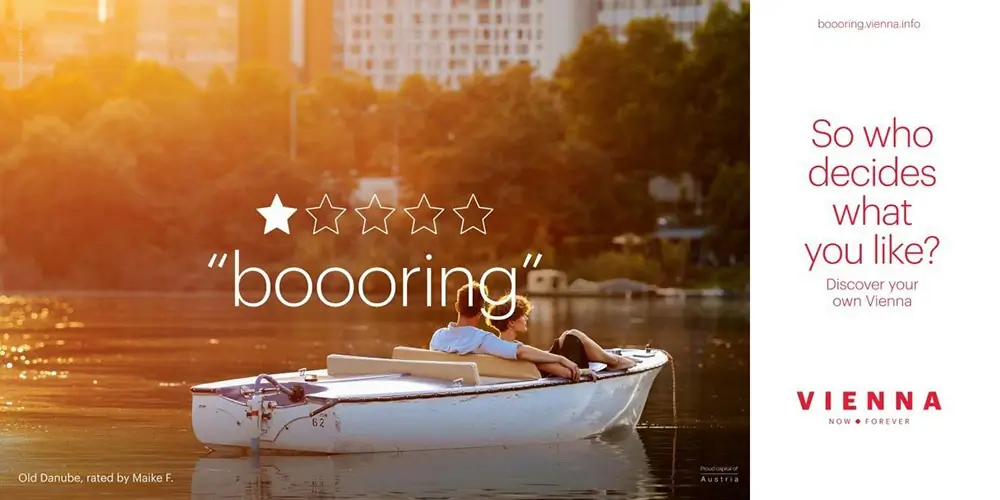

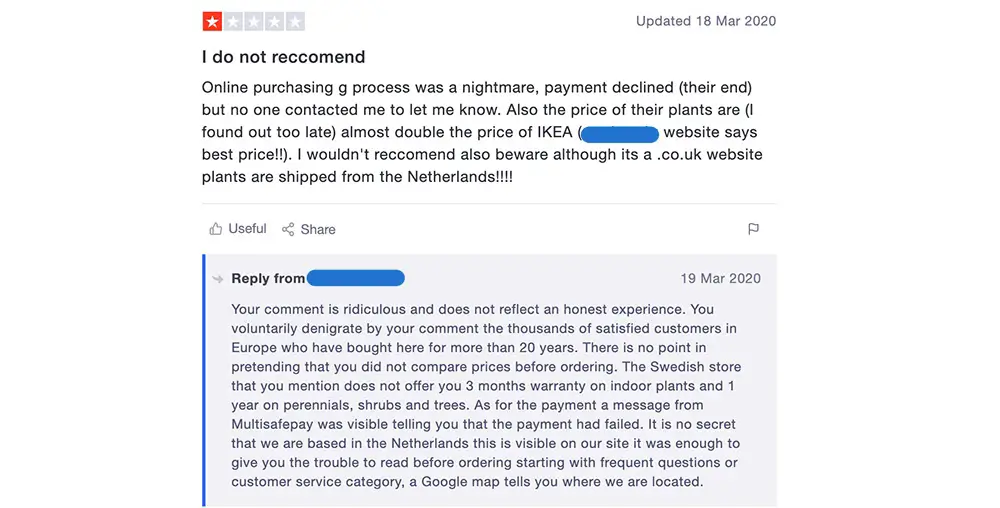
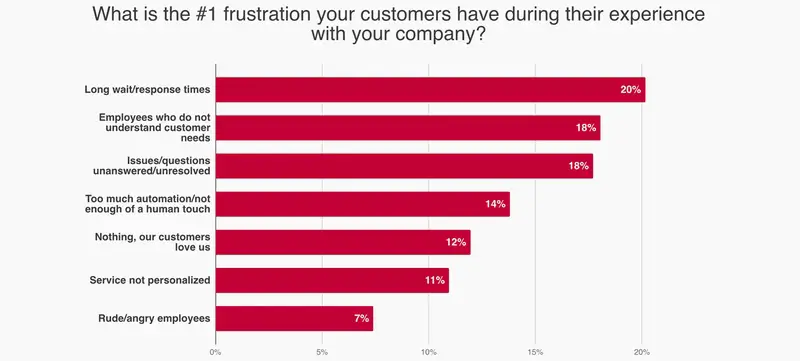
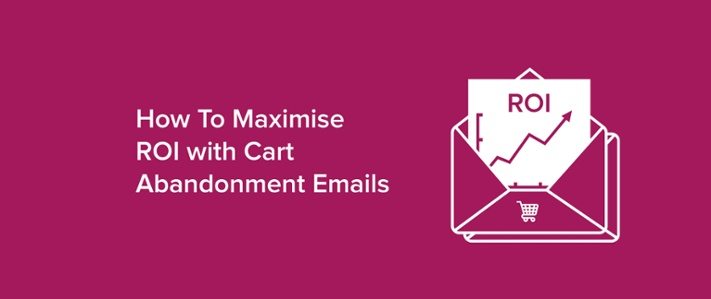
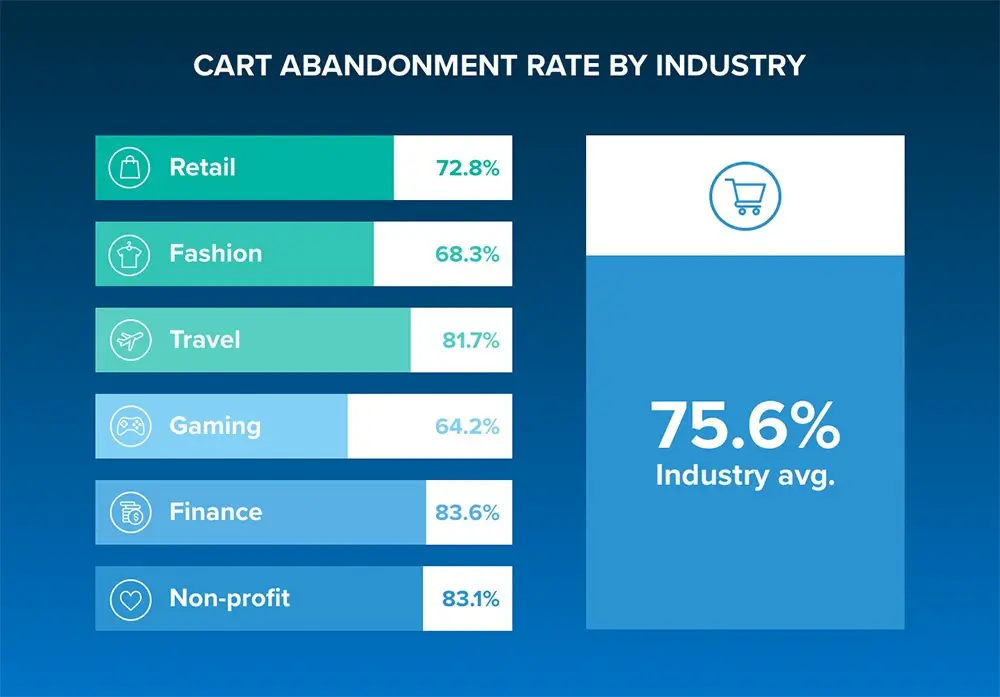
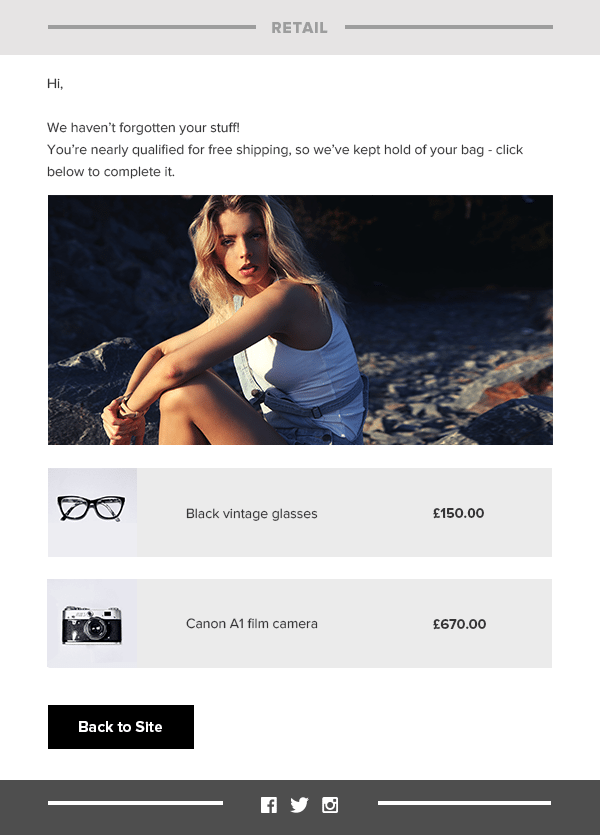
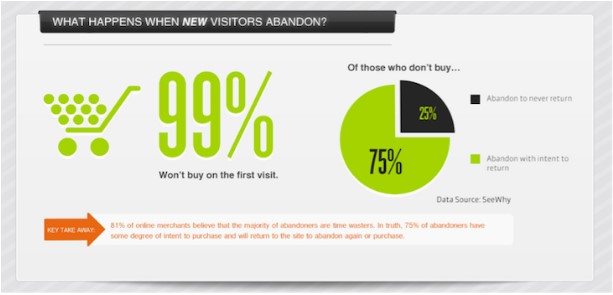
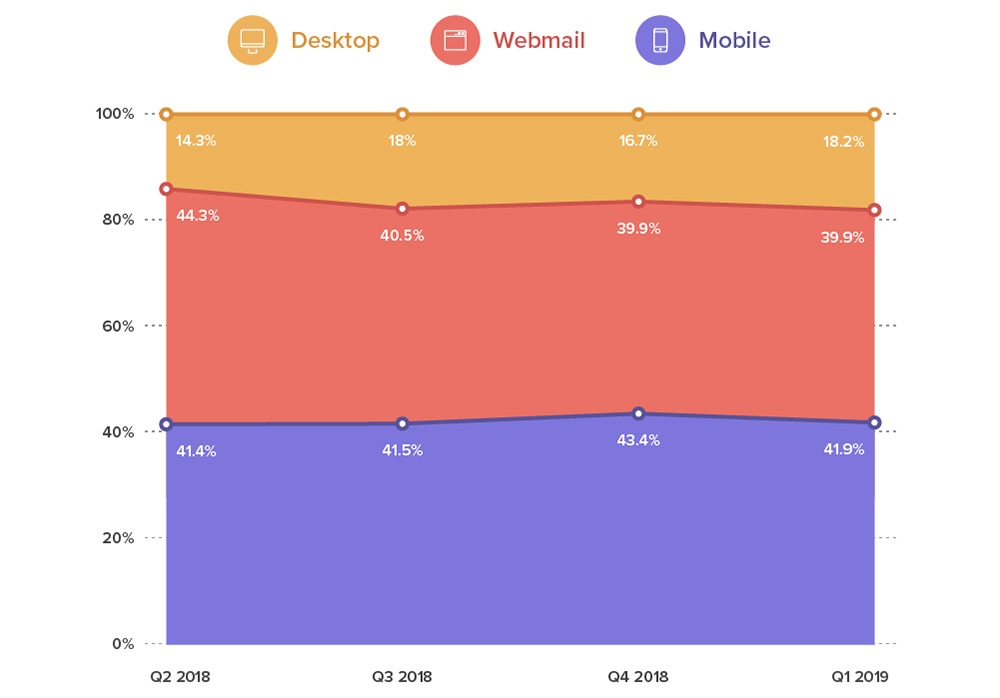
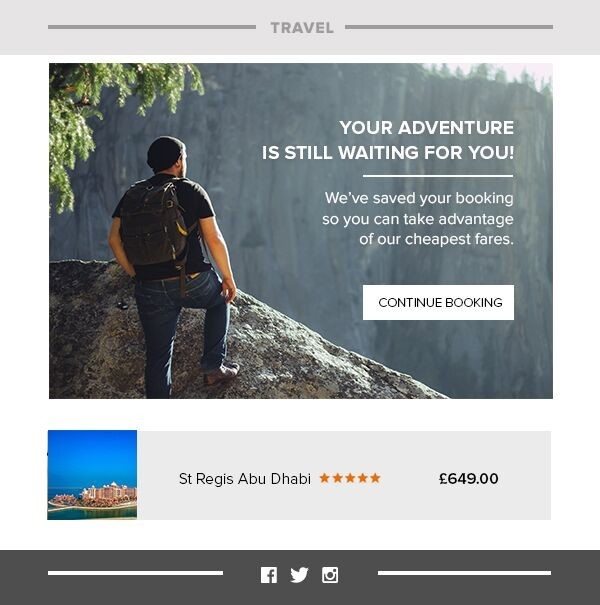
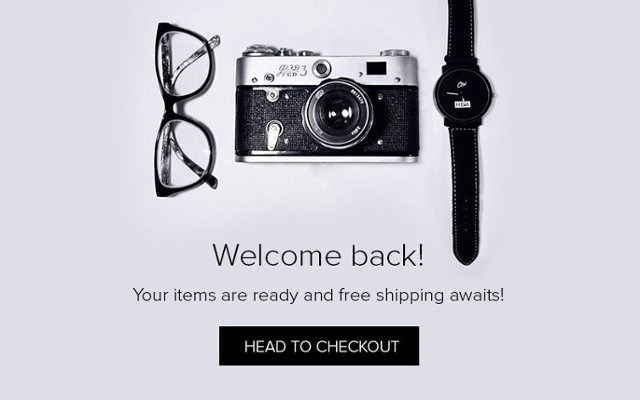
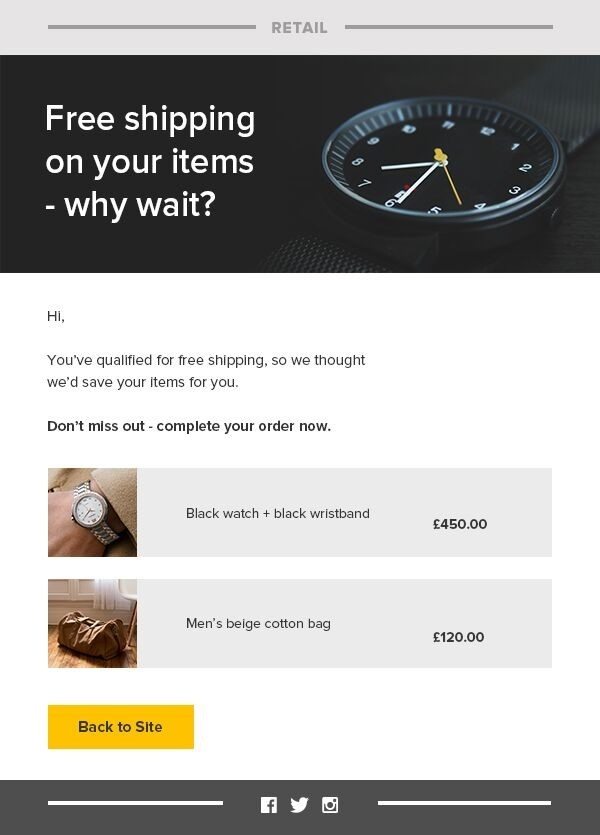
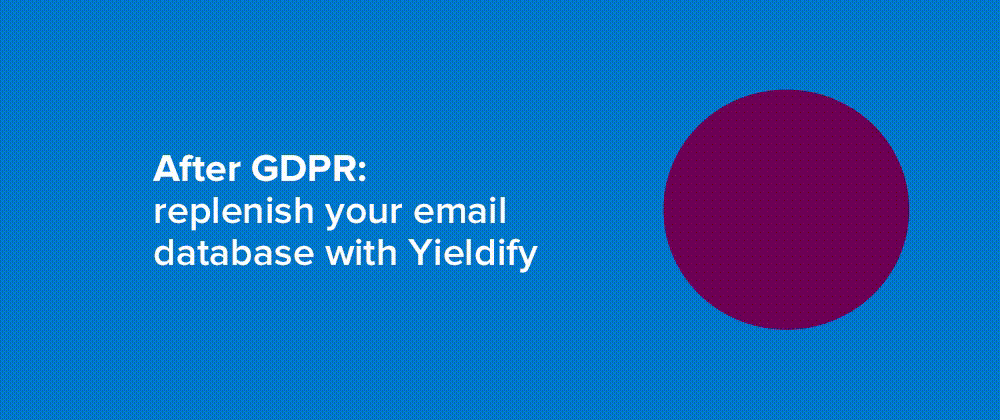
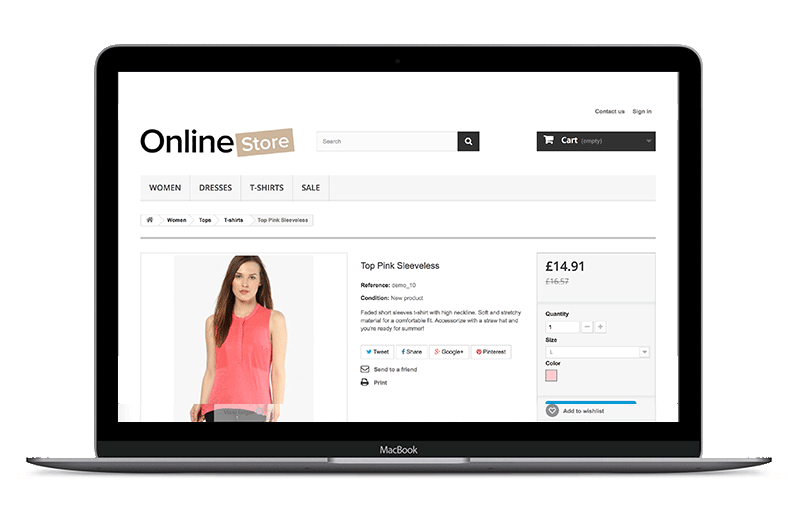
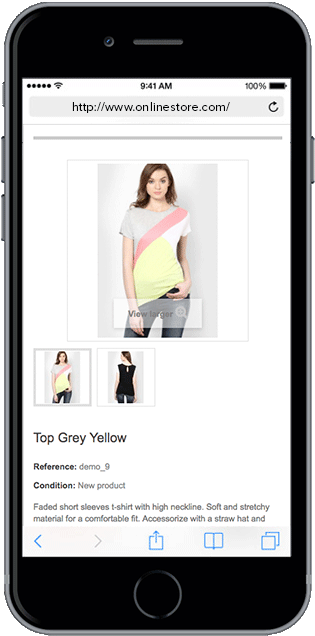
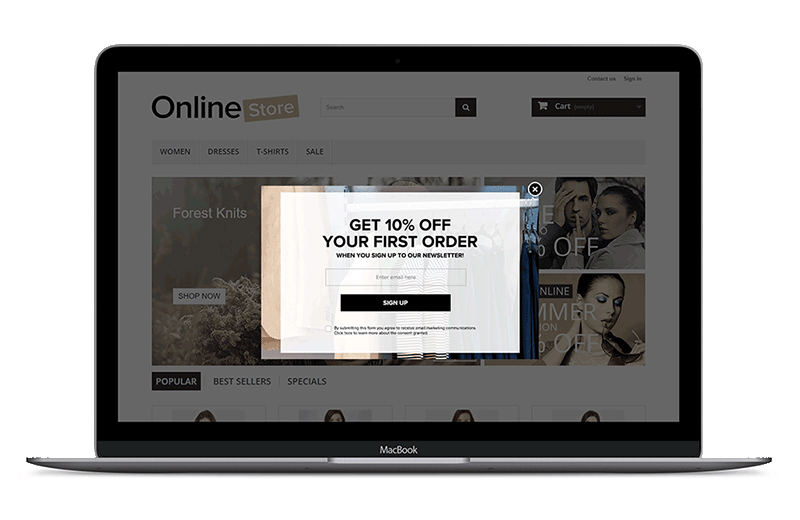
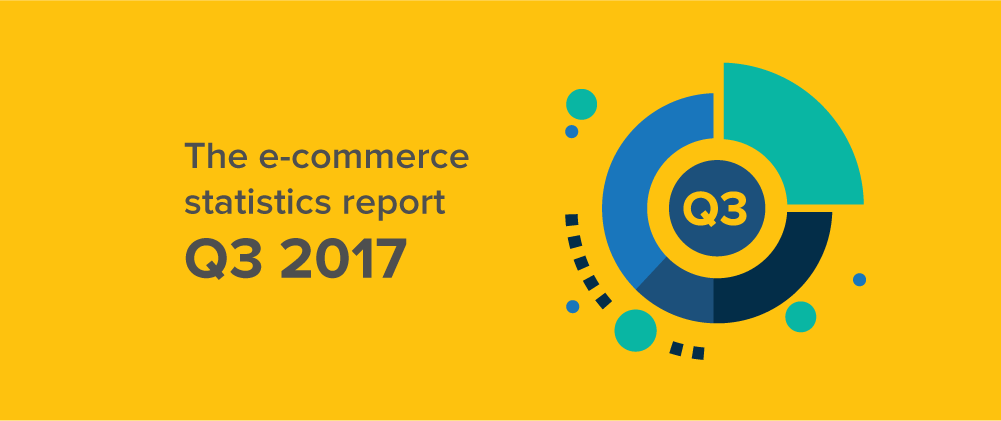
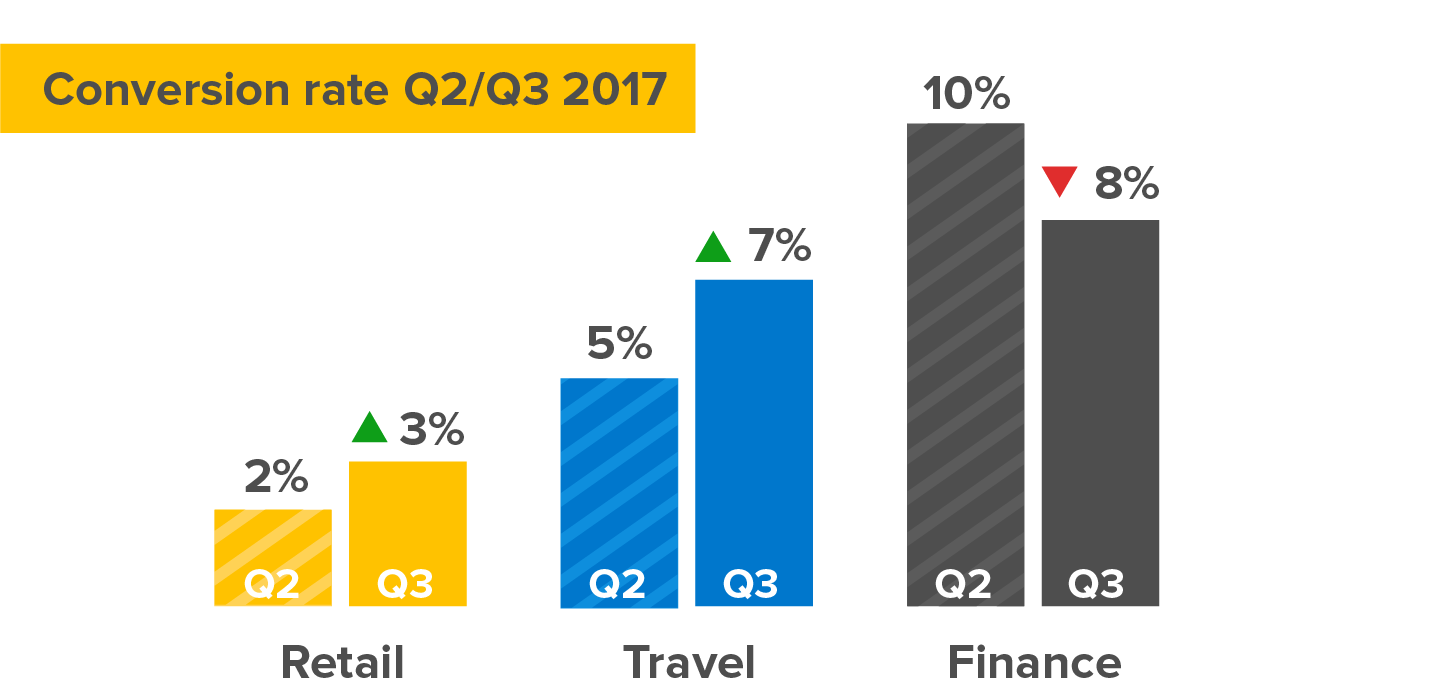
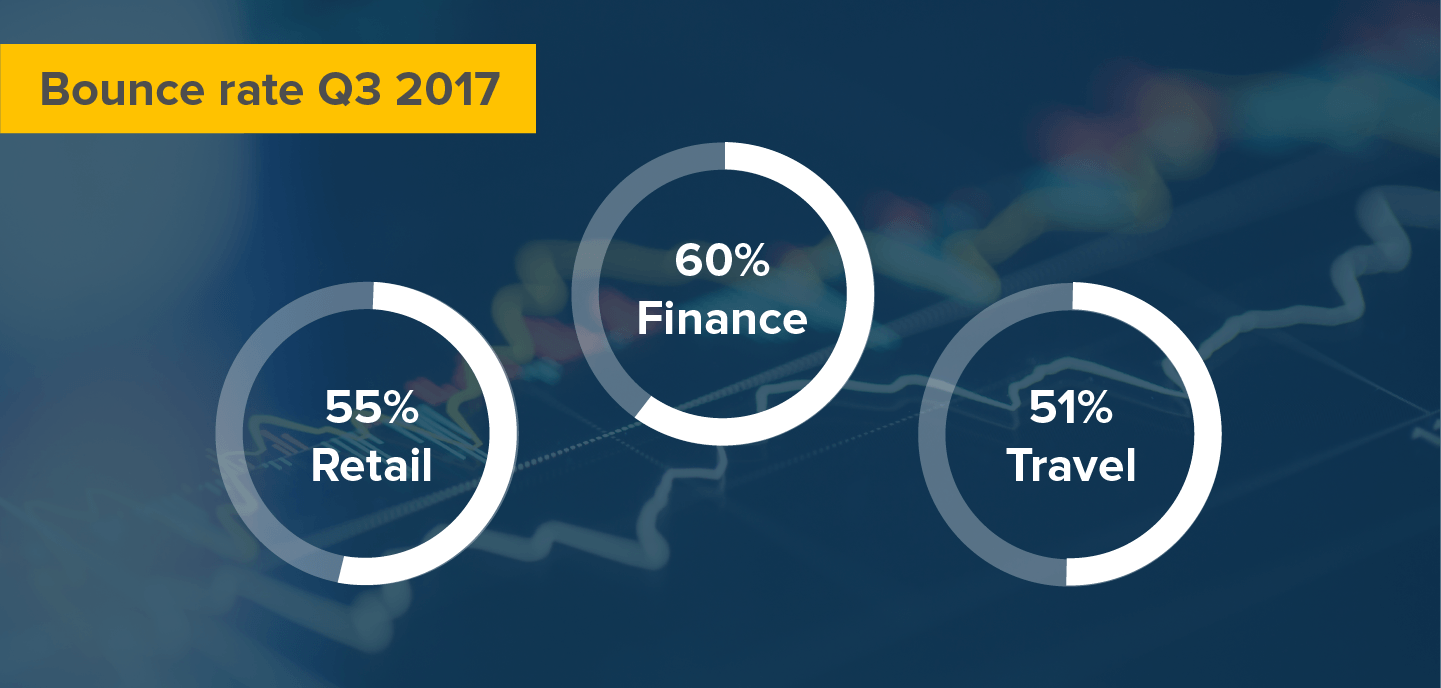
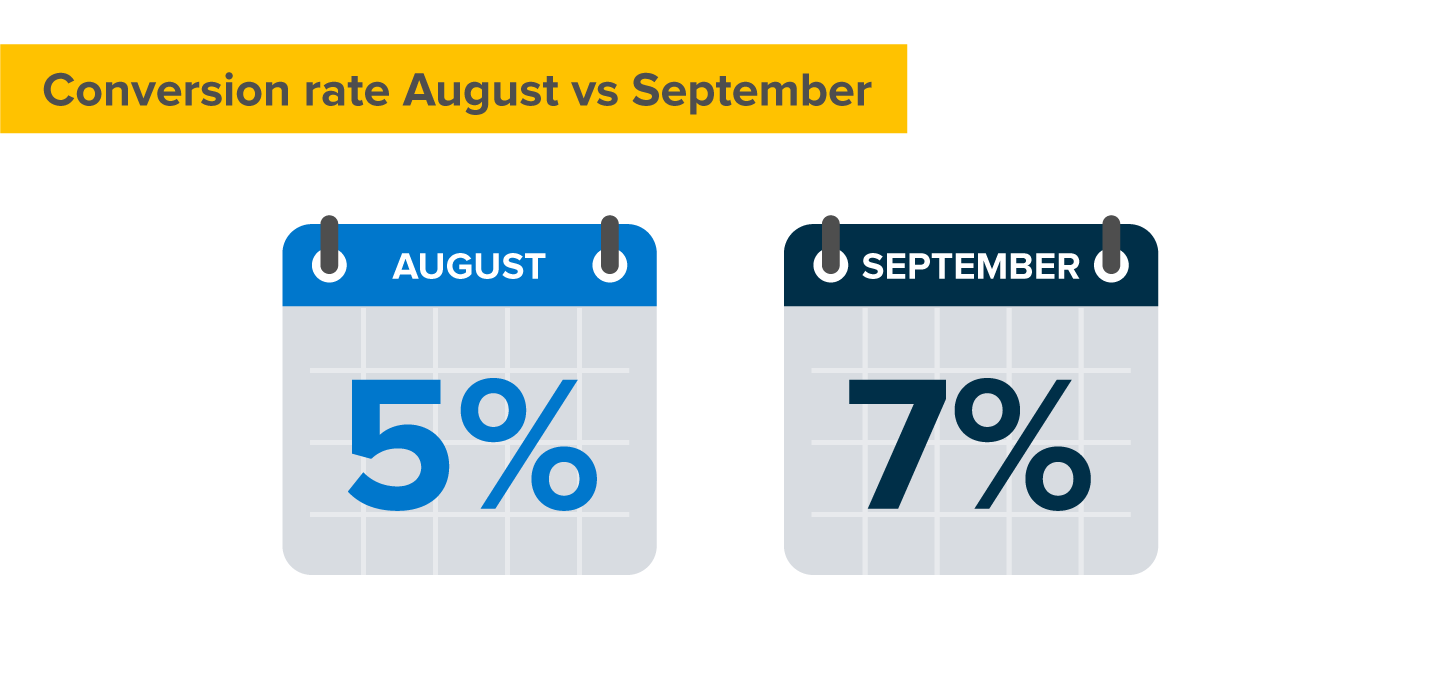
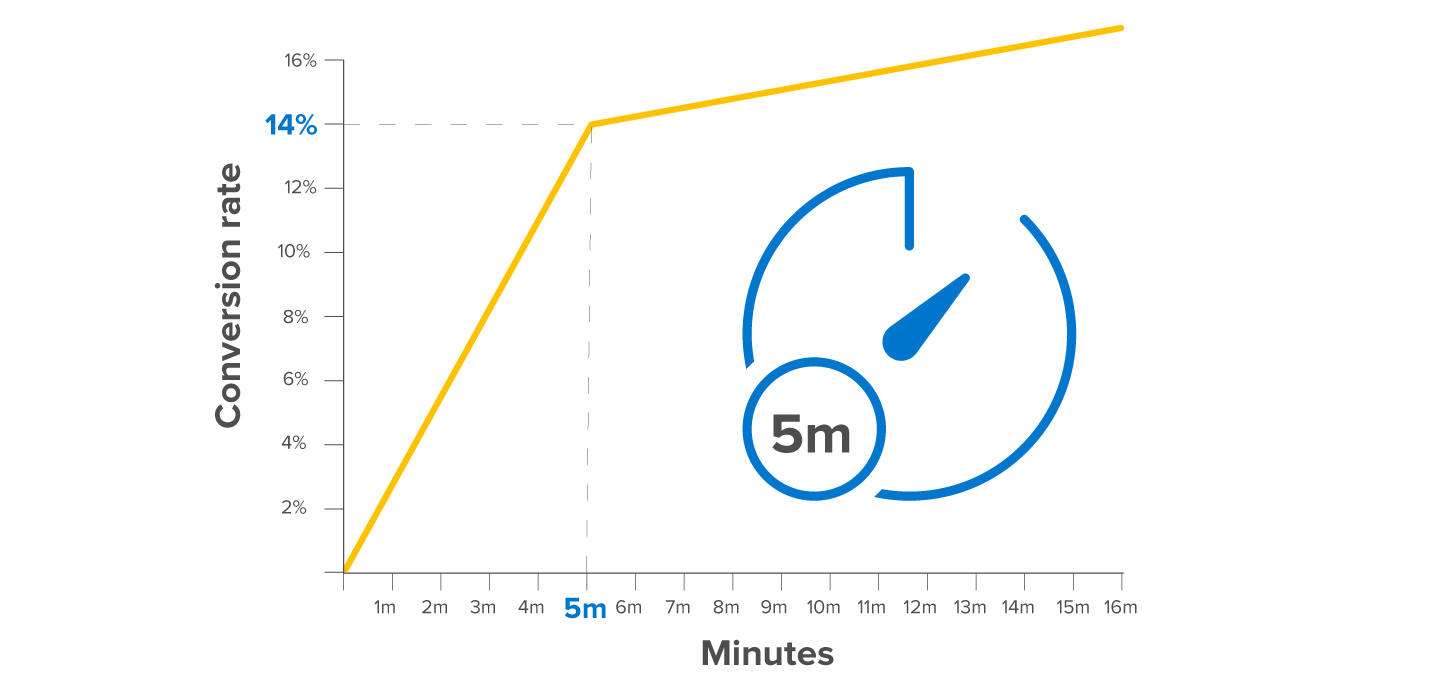
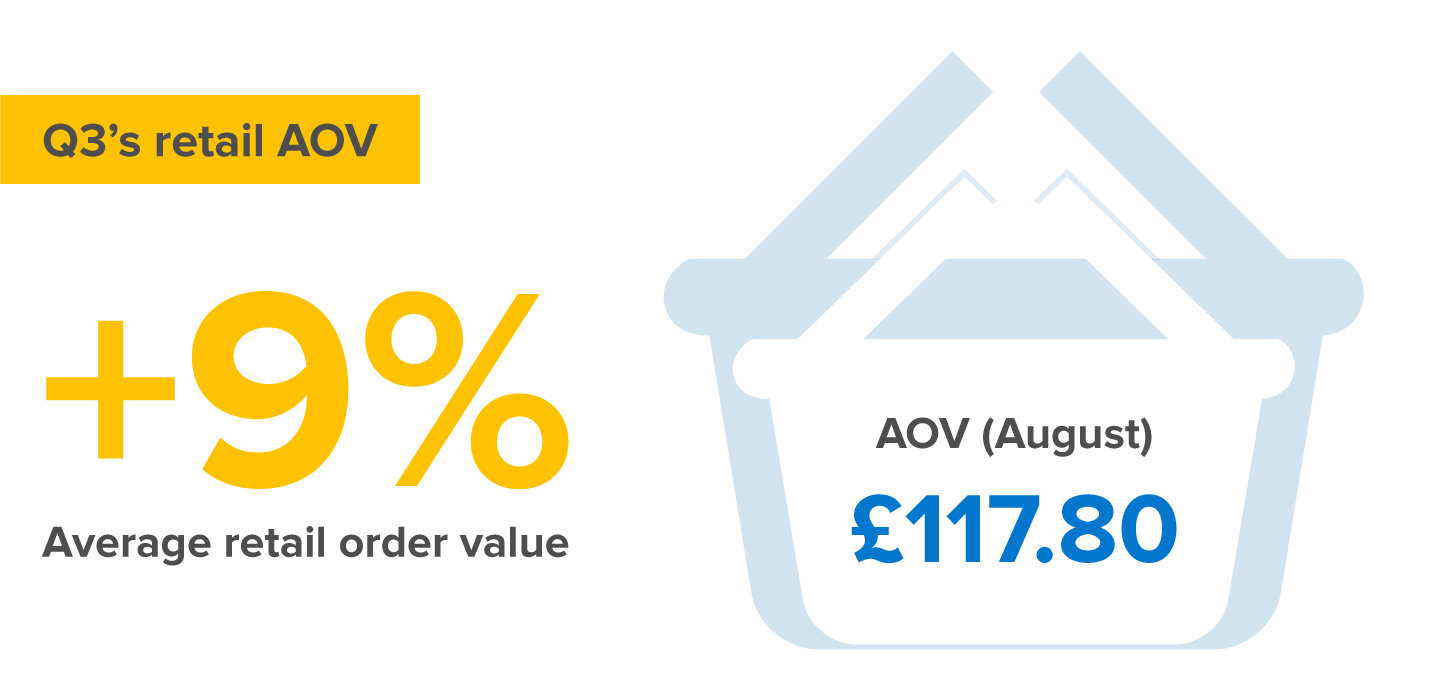
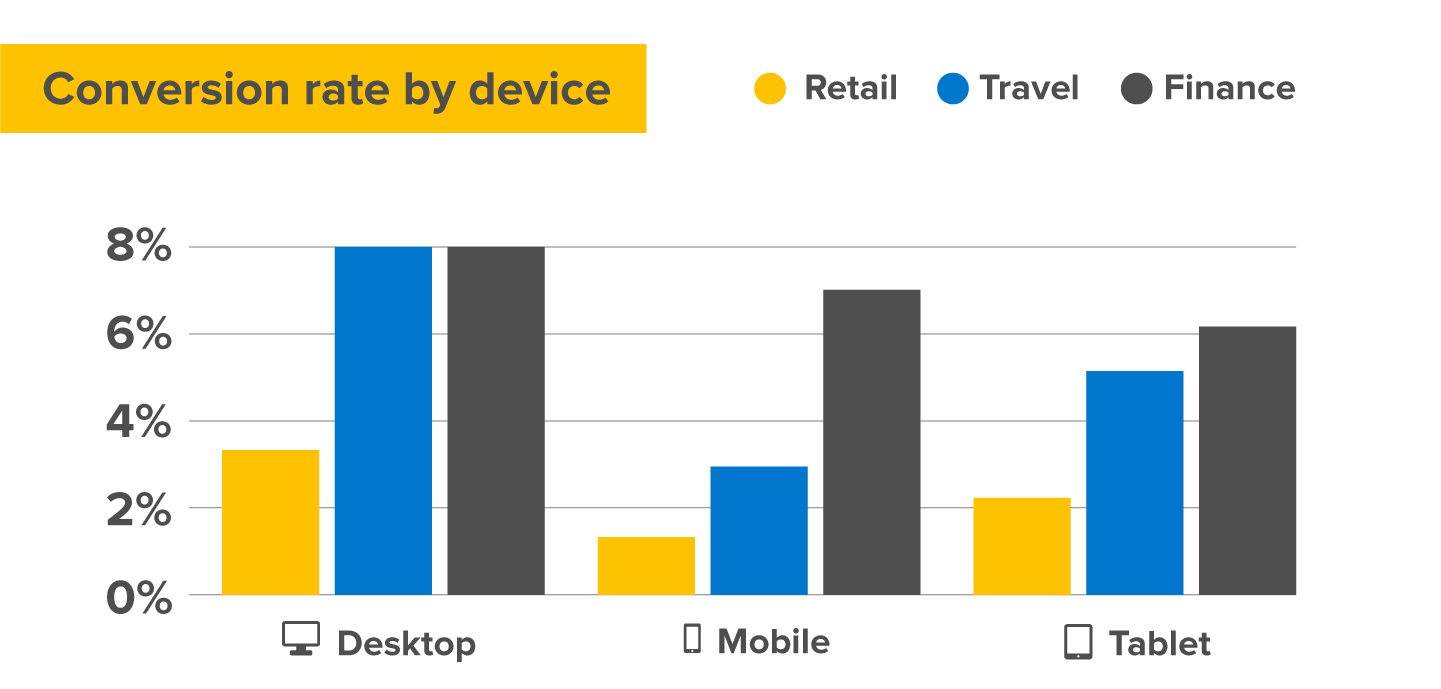

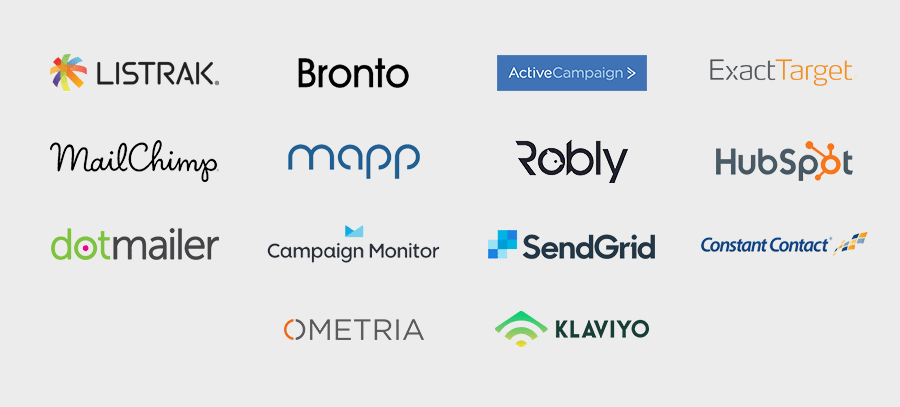
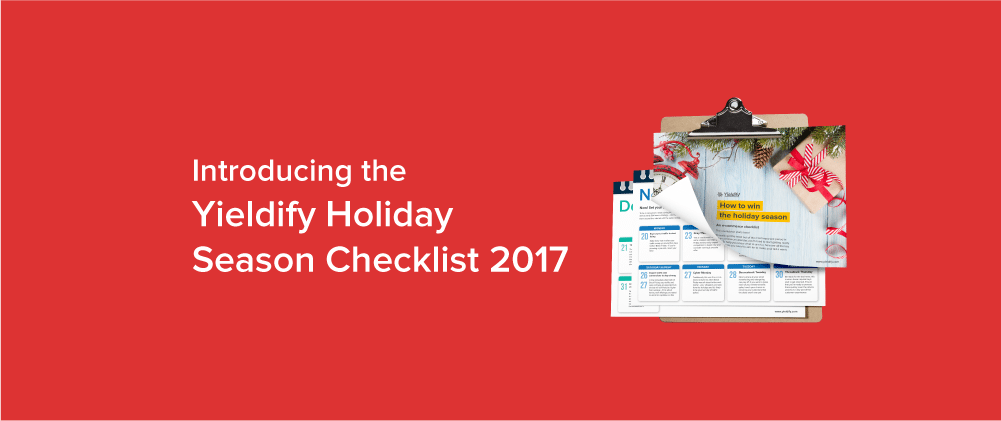


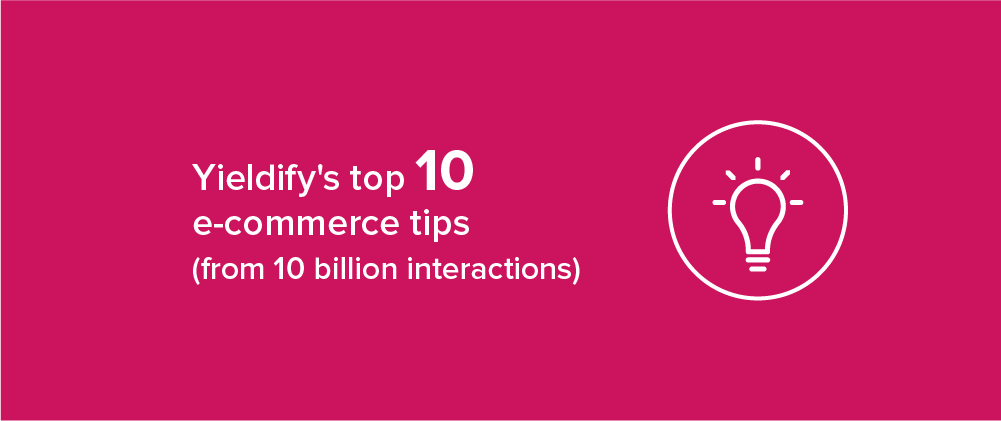
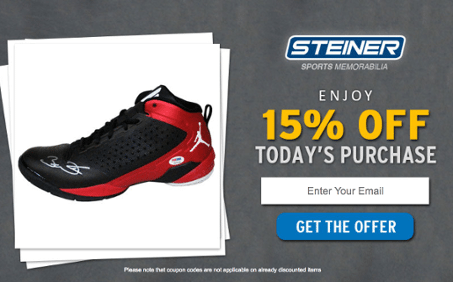
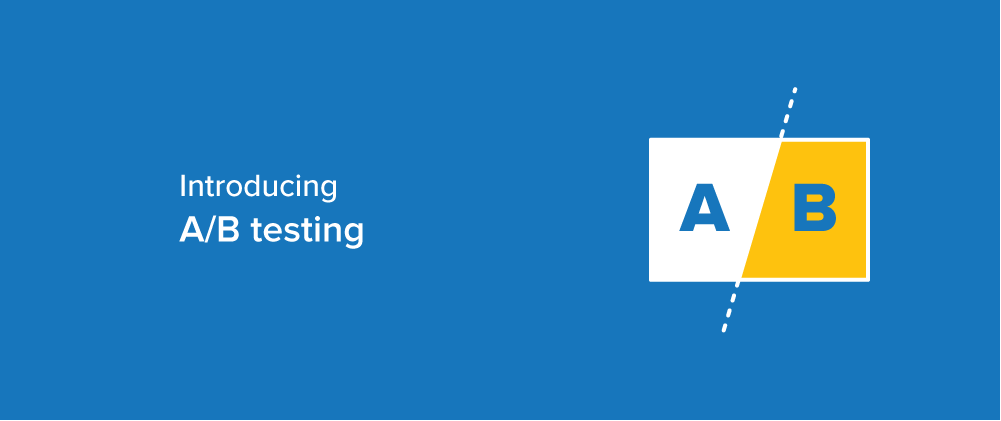


 Perhaps your customers are more inclined to respond to a
Perhaps your customers are more inclined to respond to a 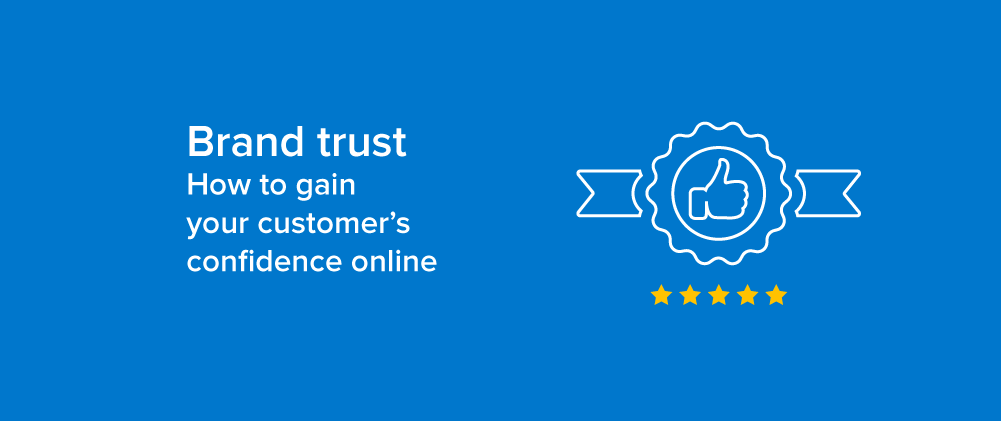

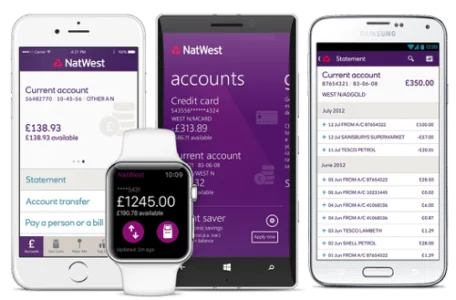
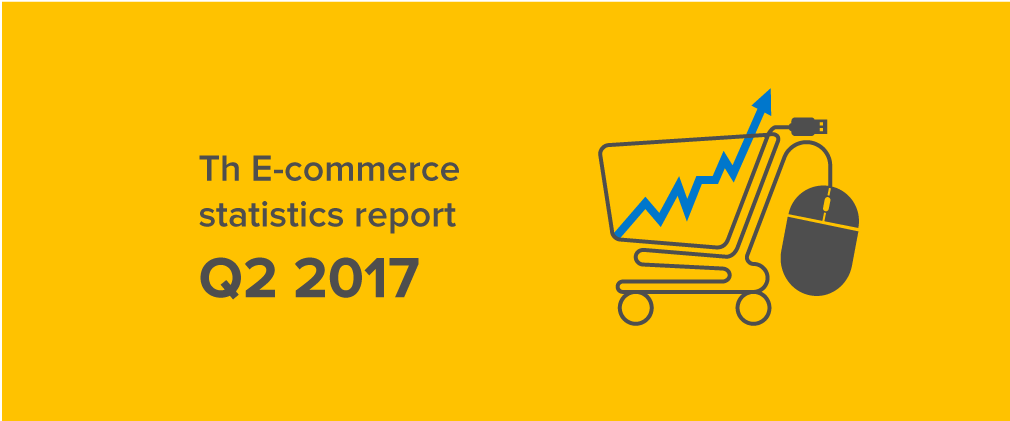
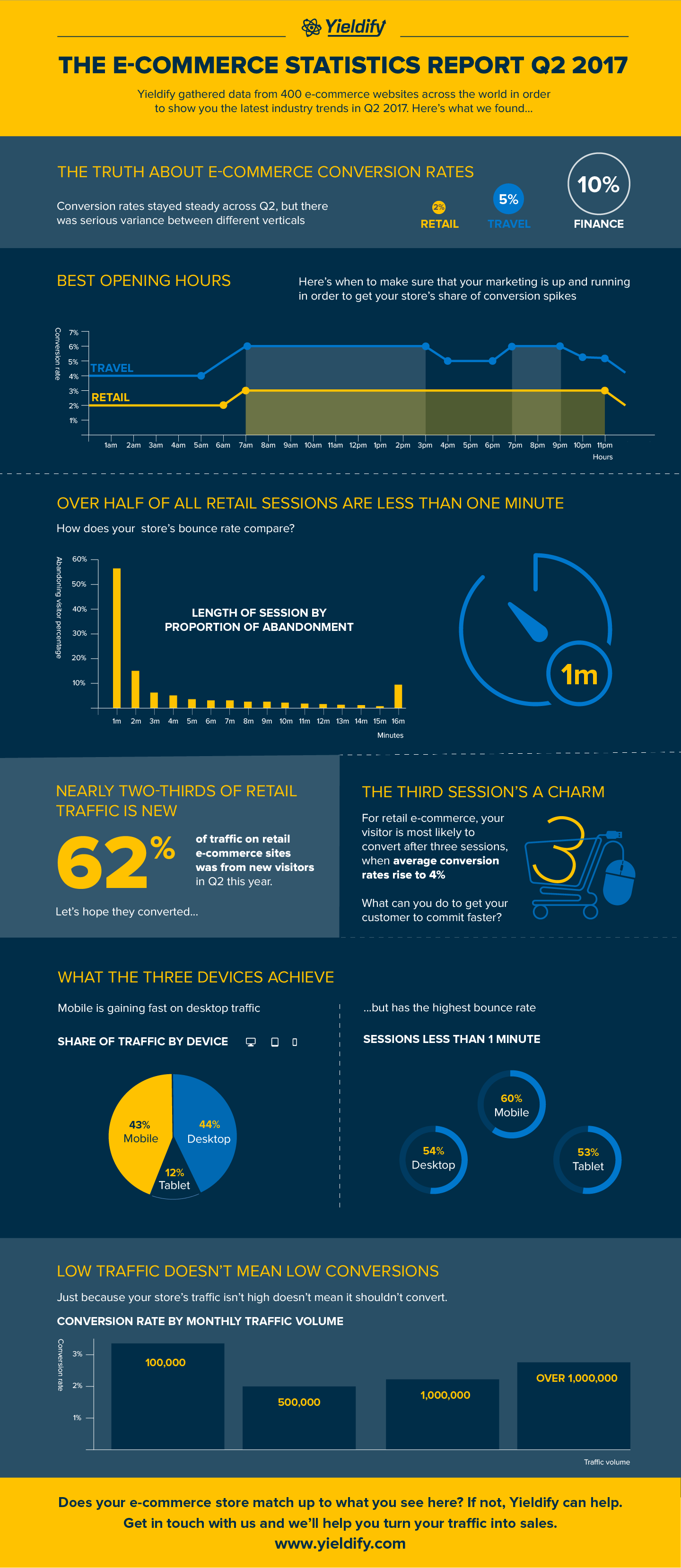
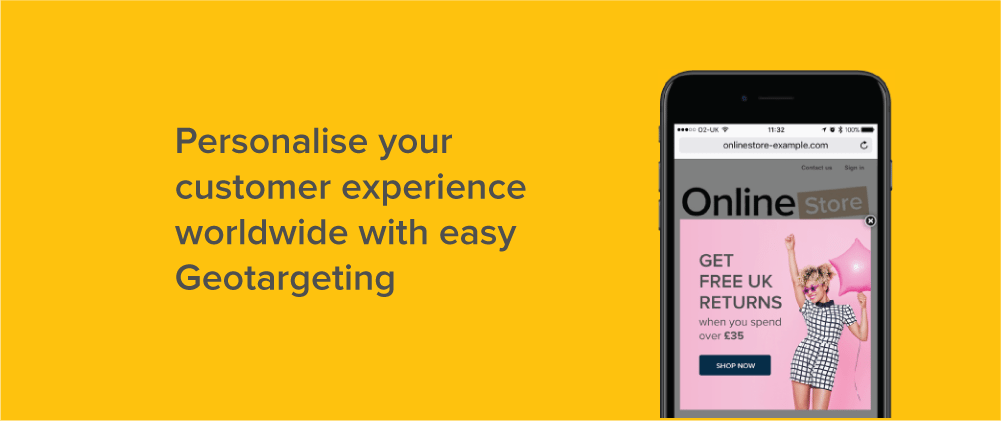
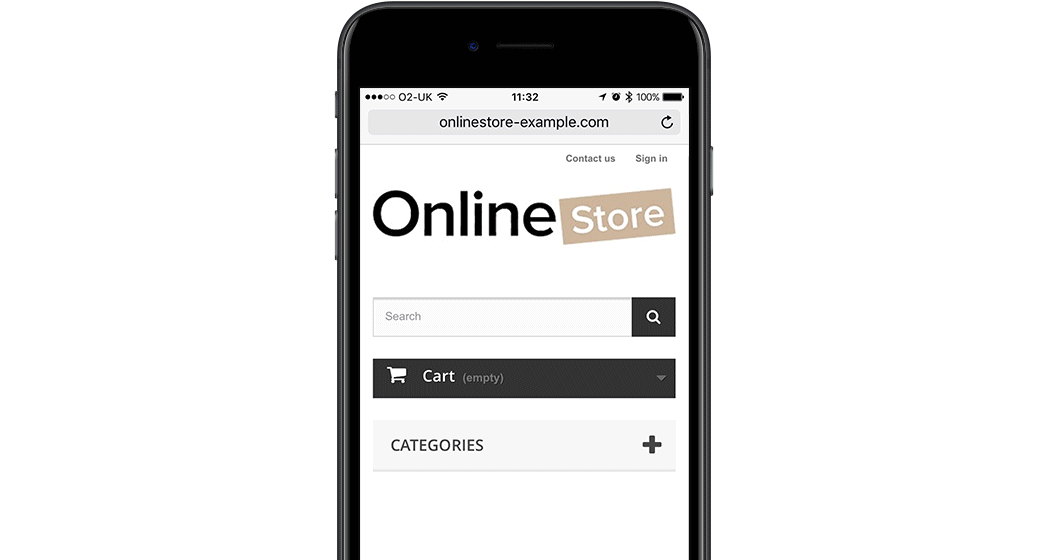
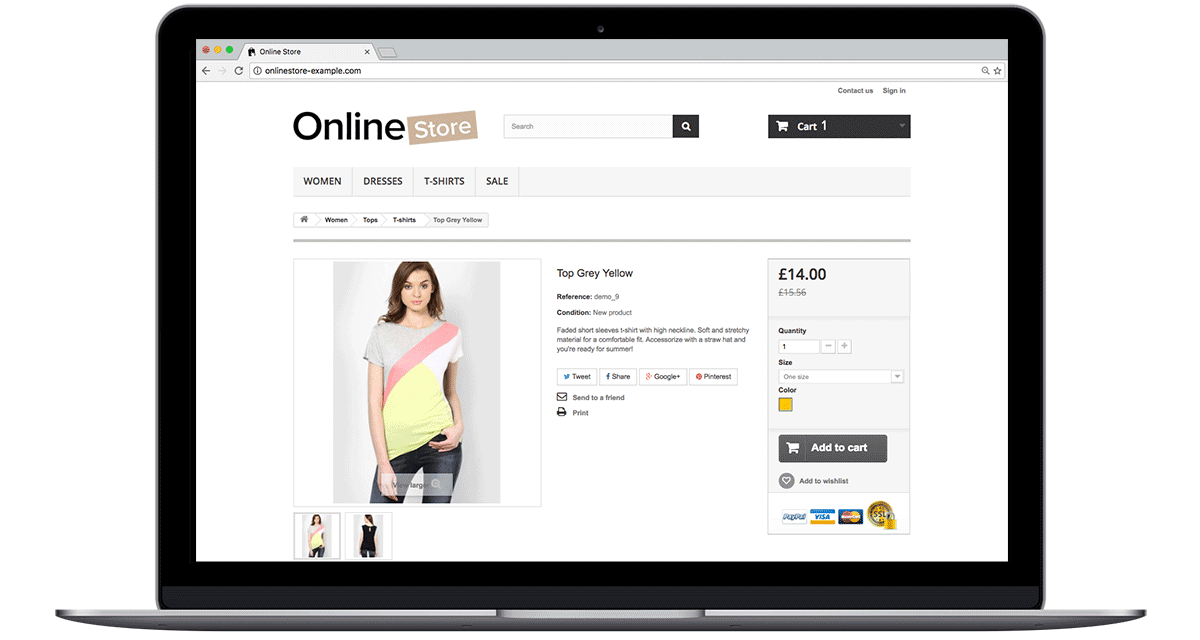
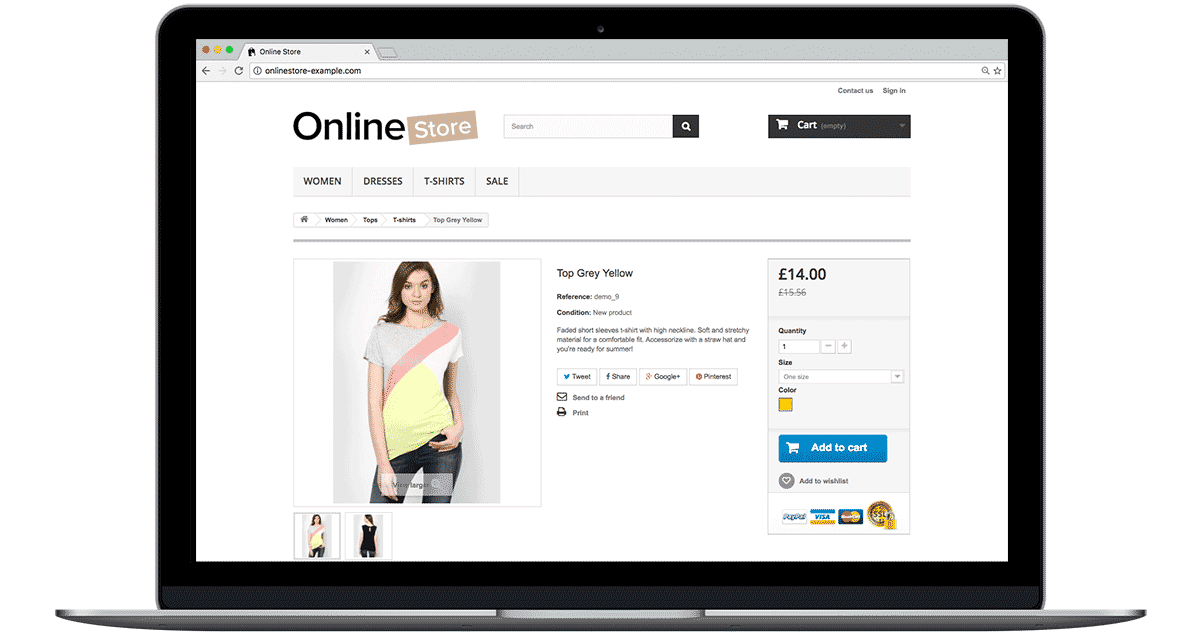

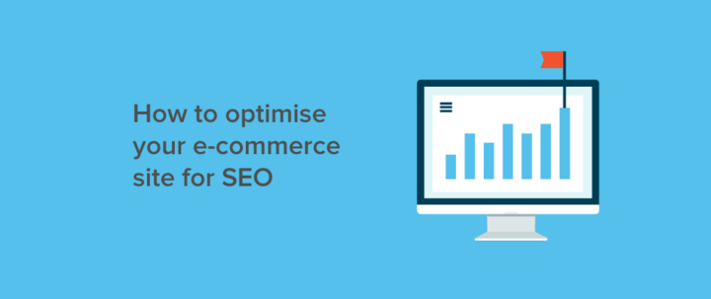
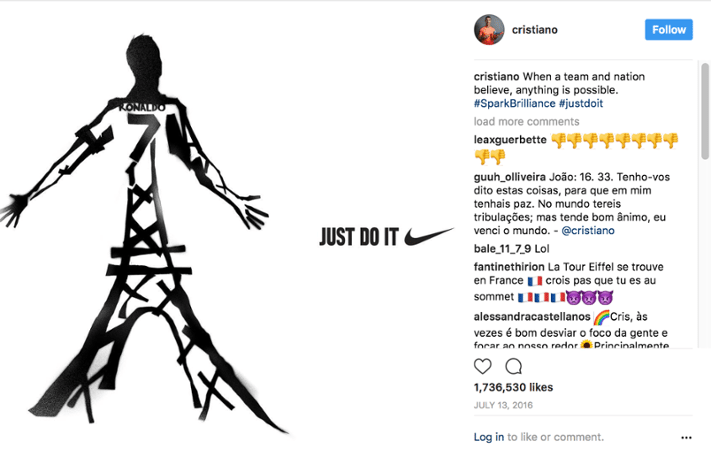
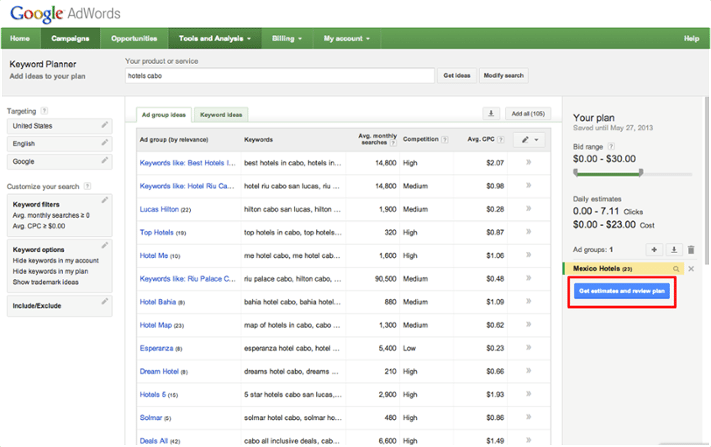
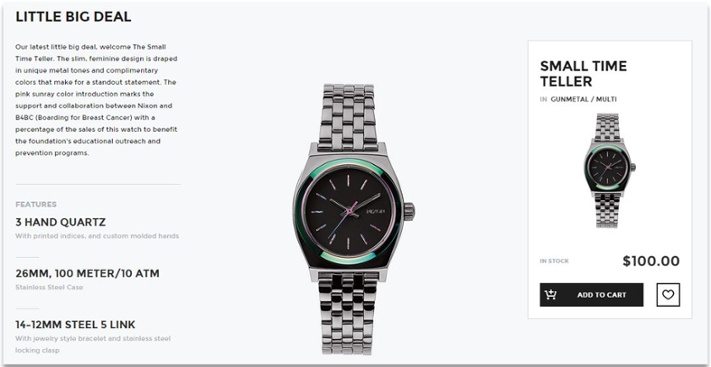

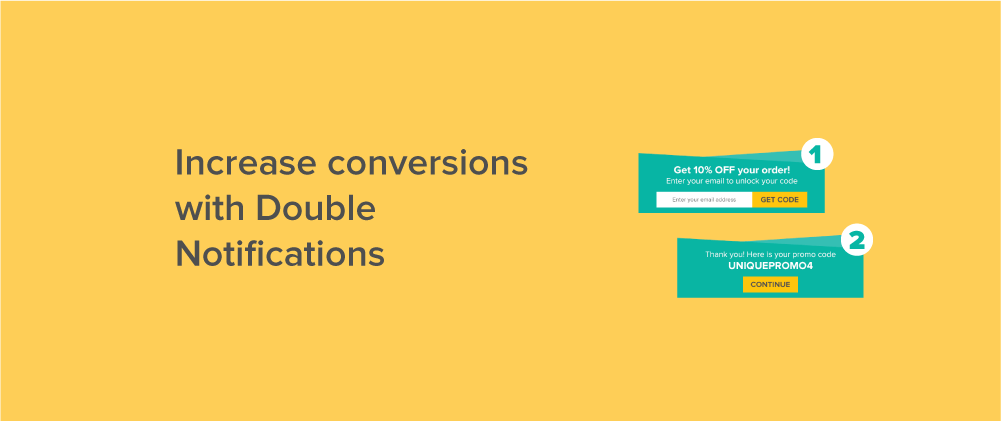
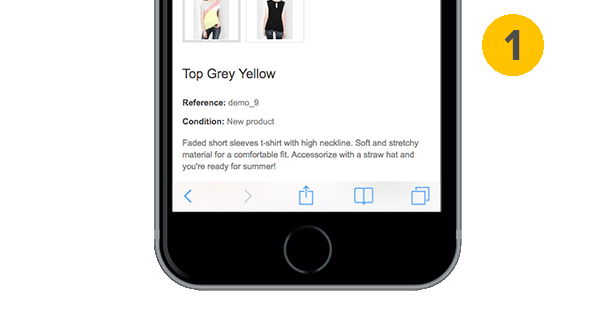
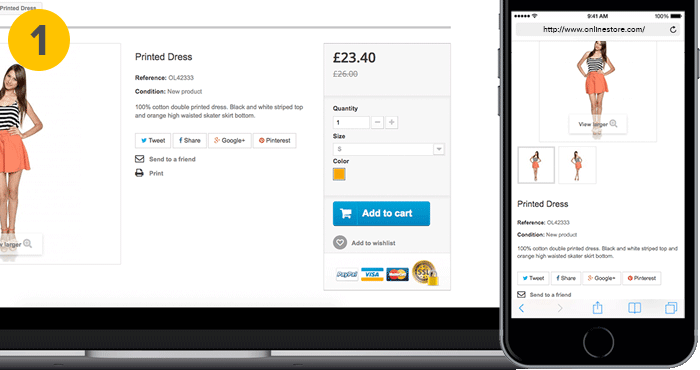
Recent Comments